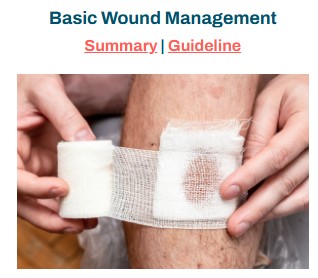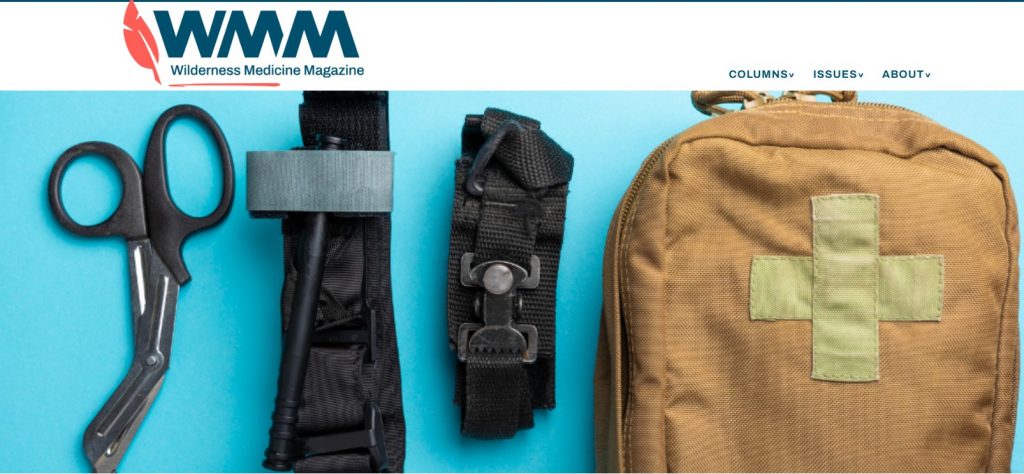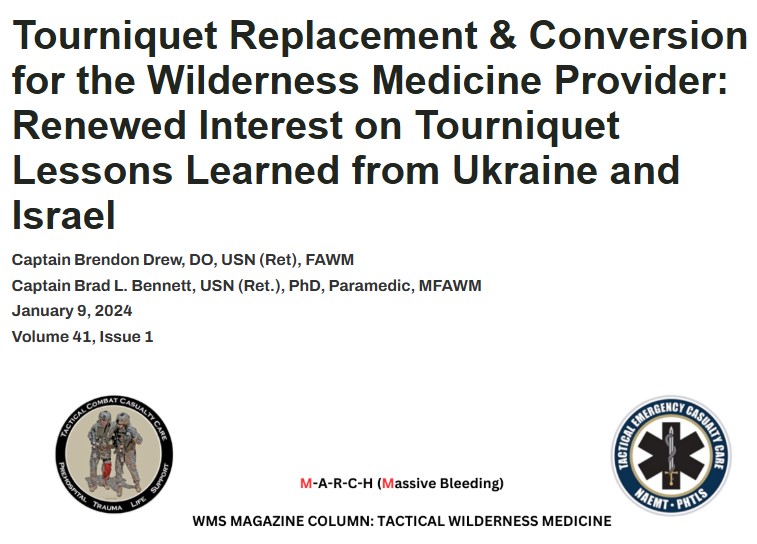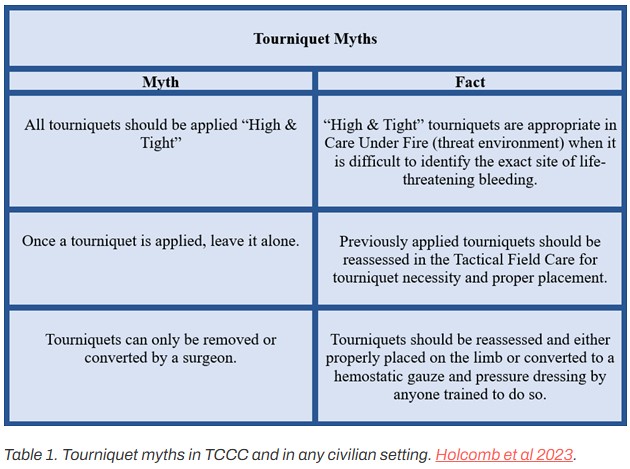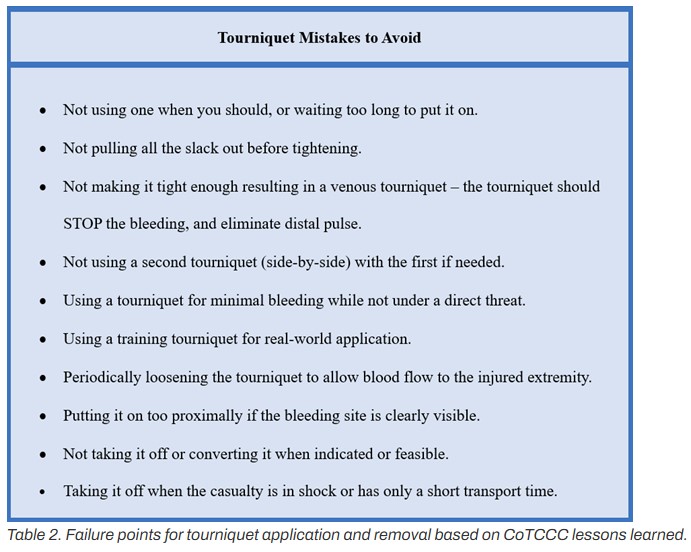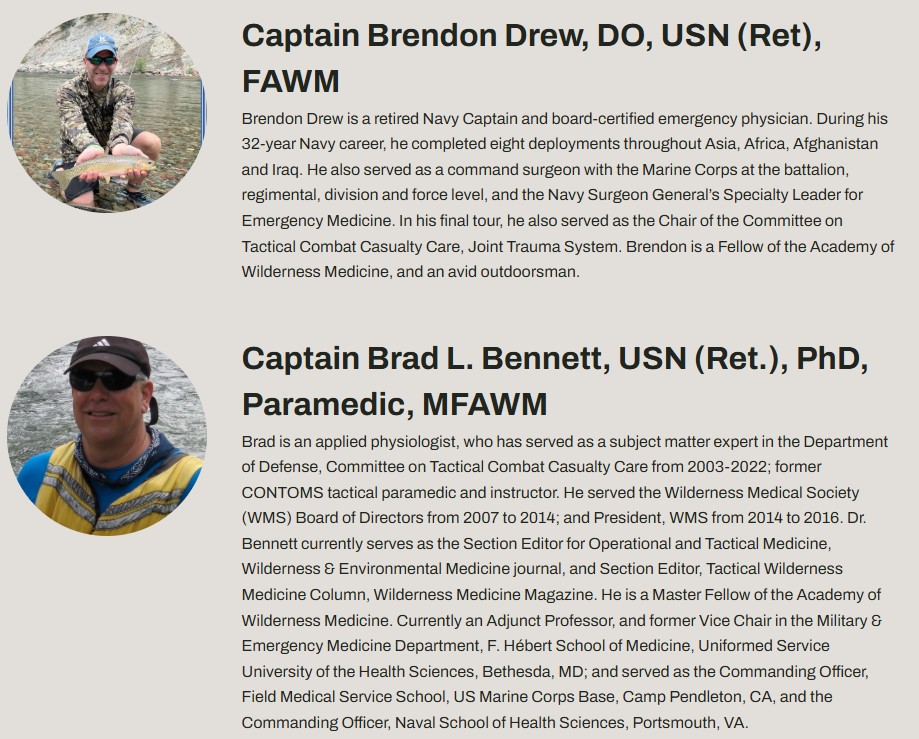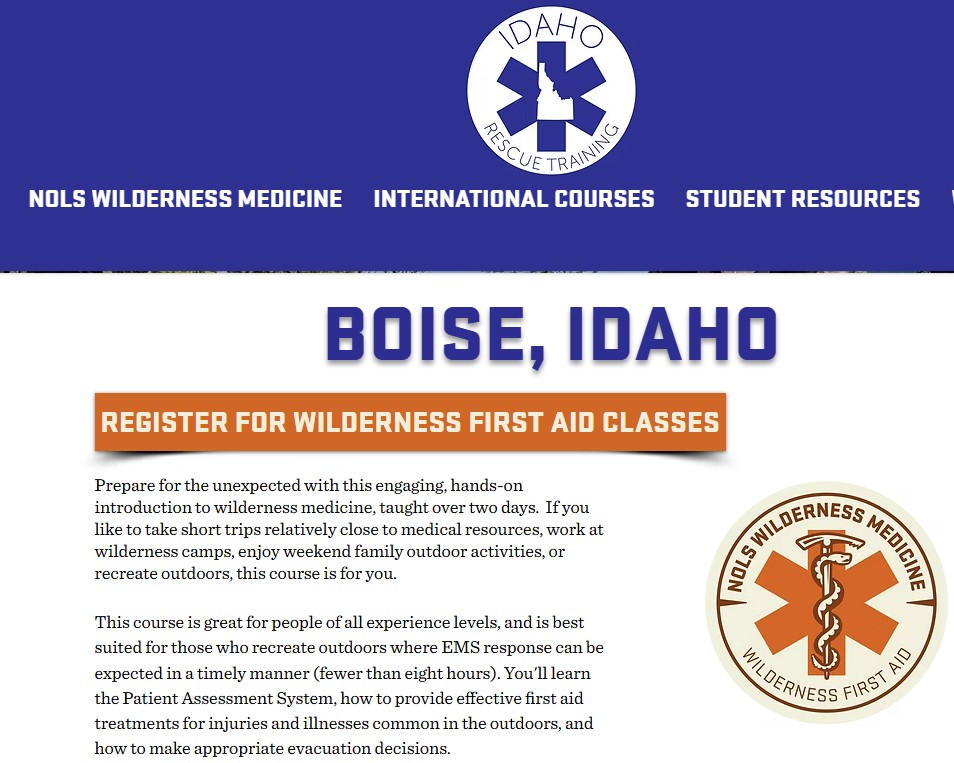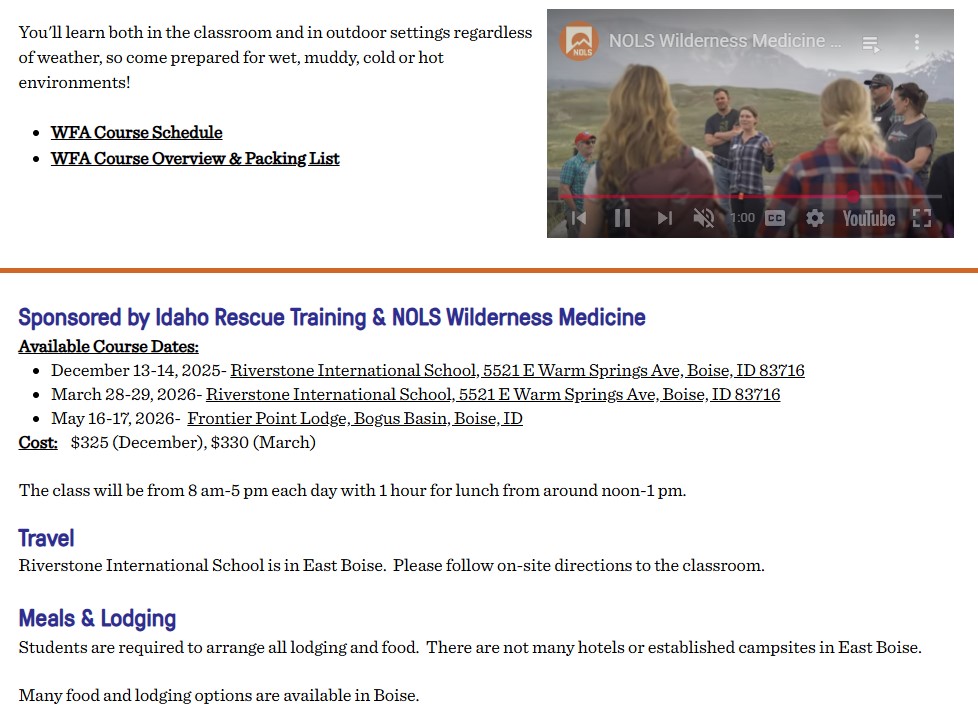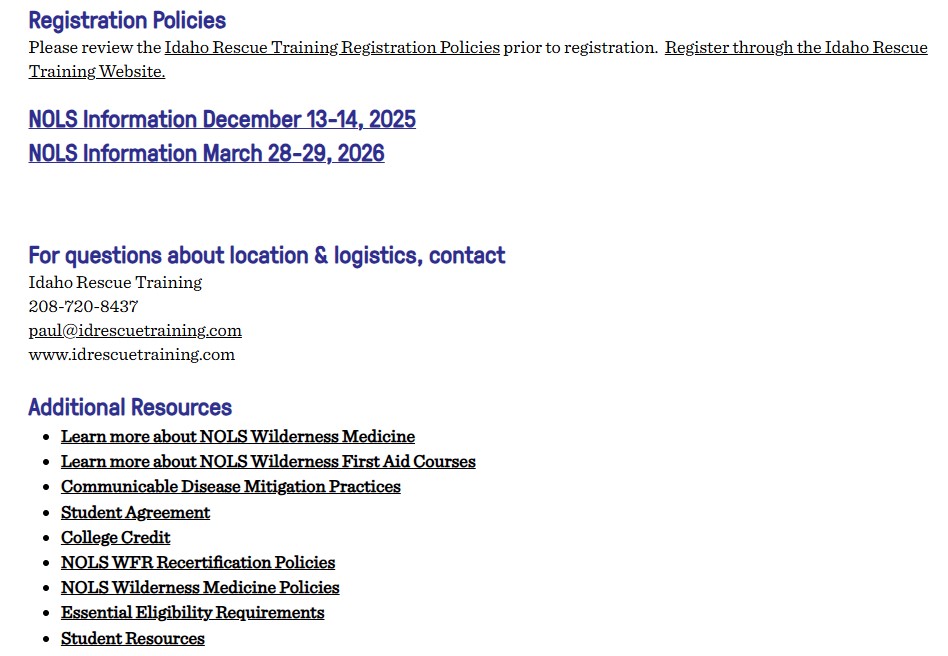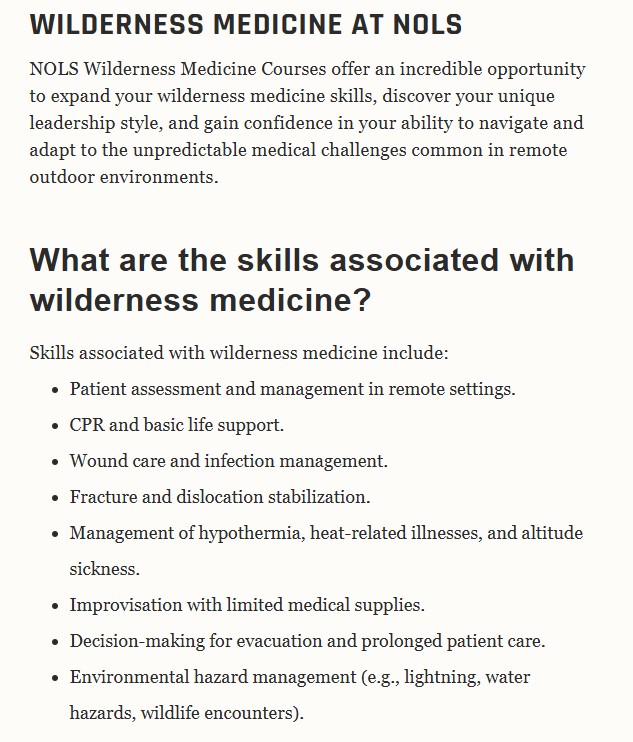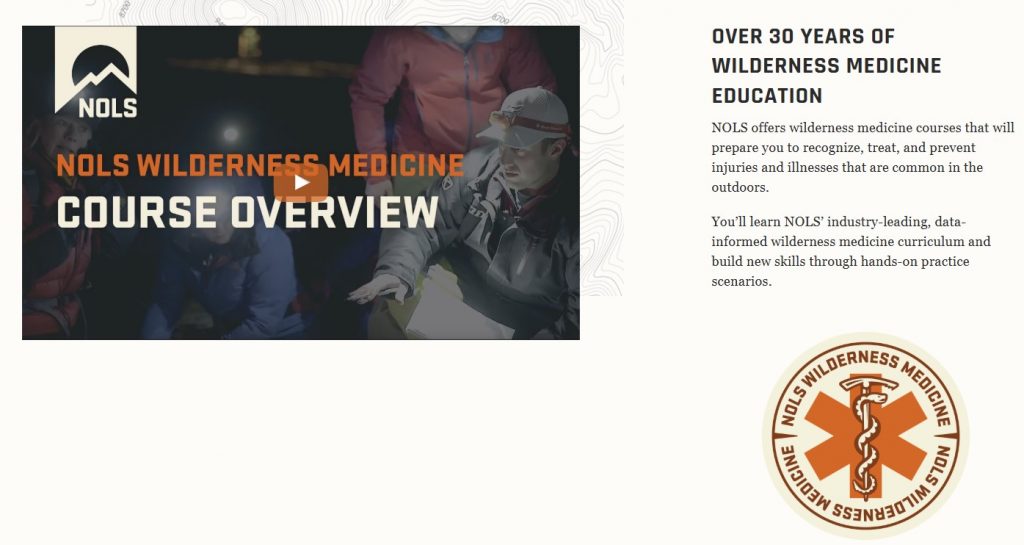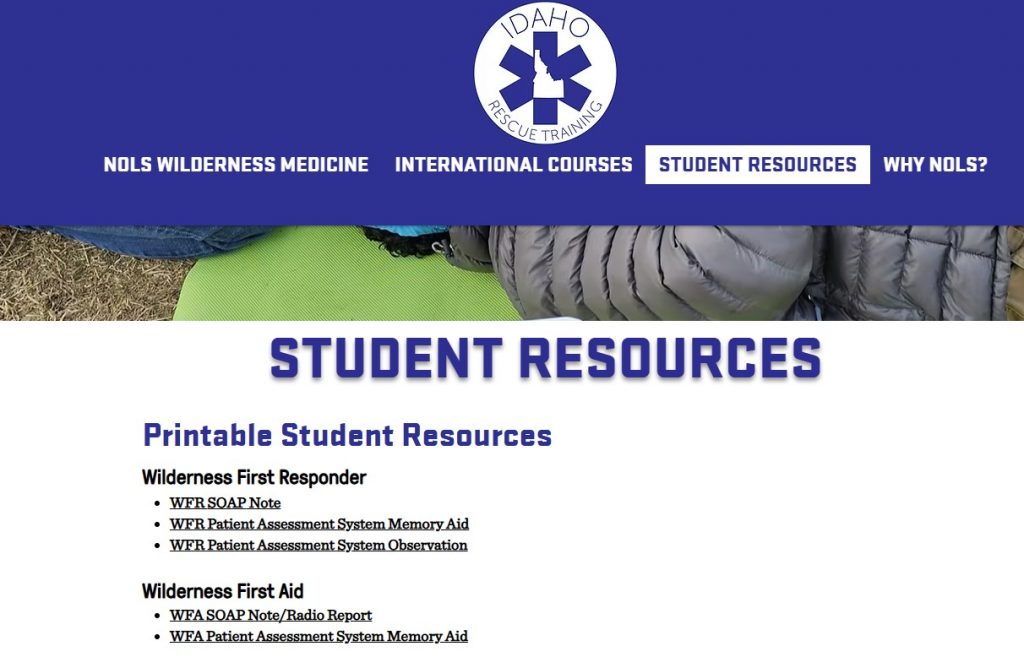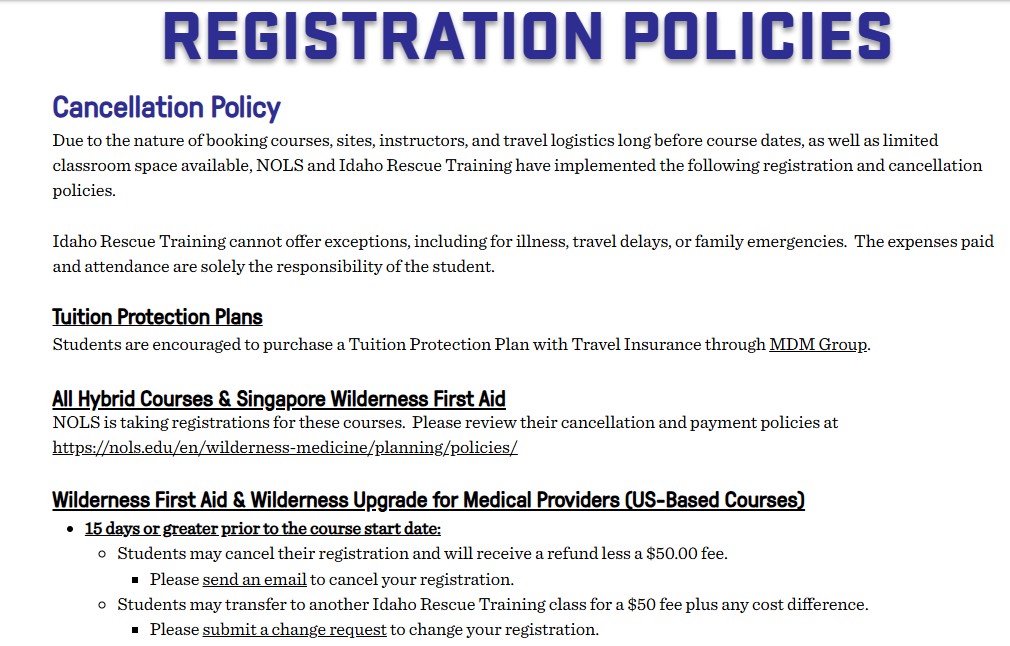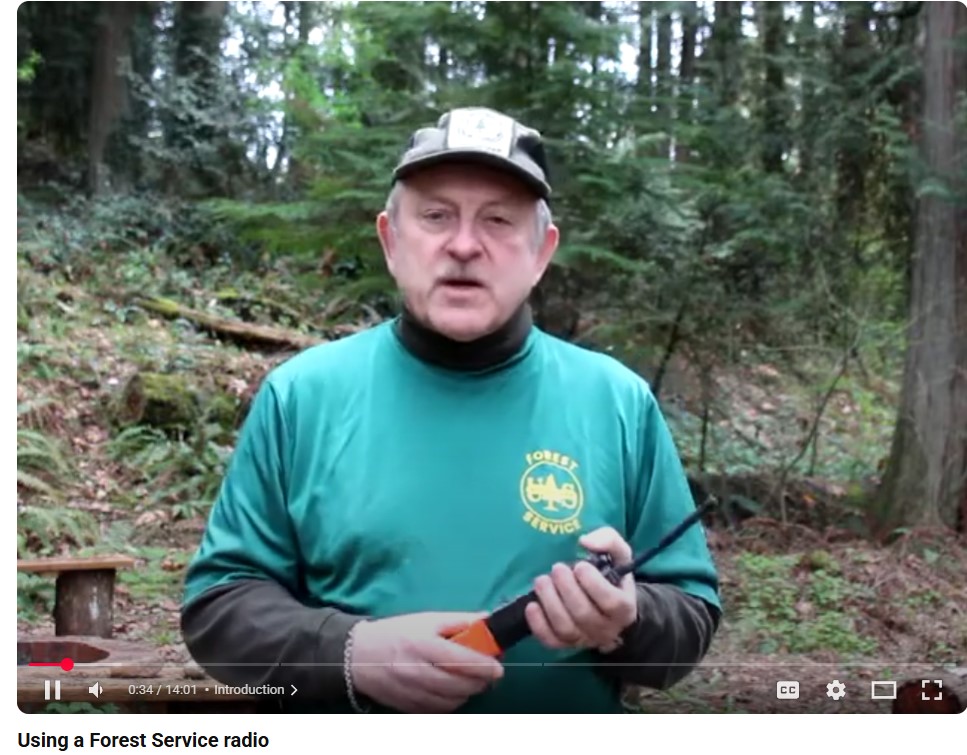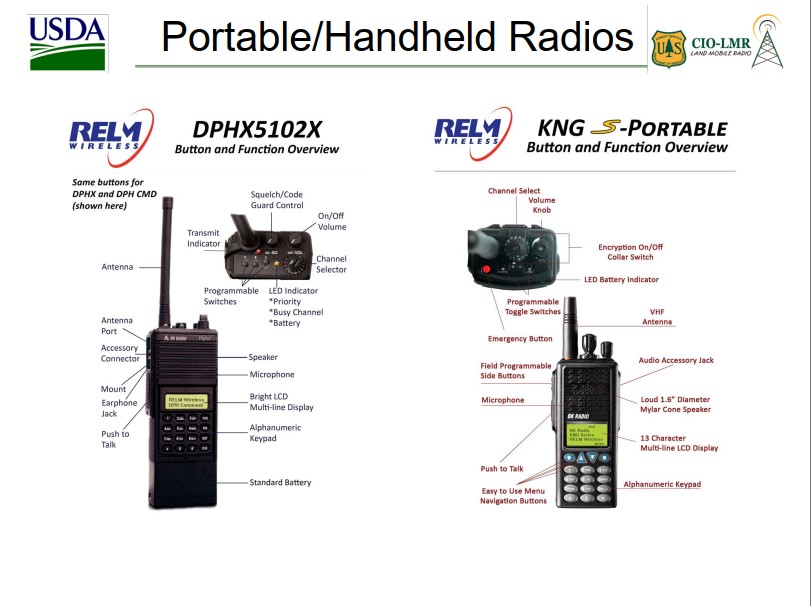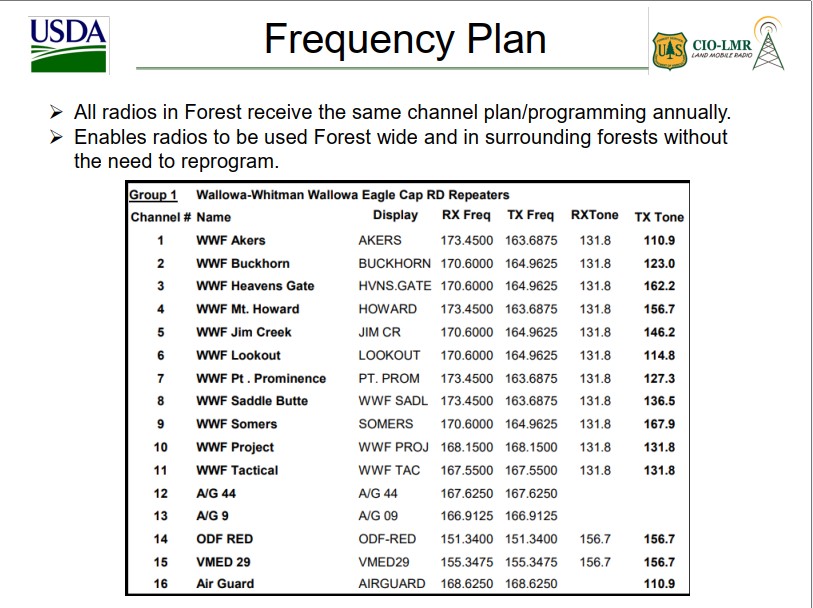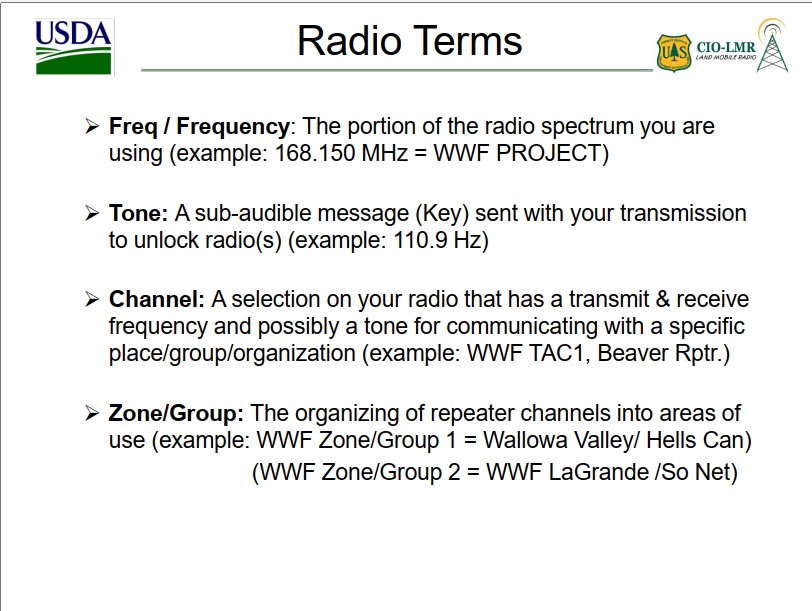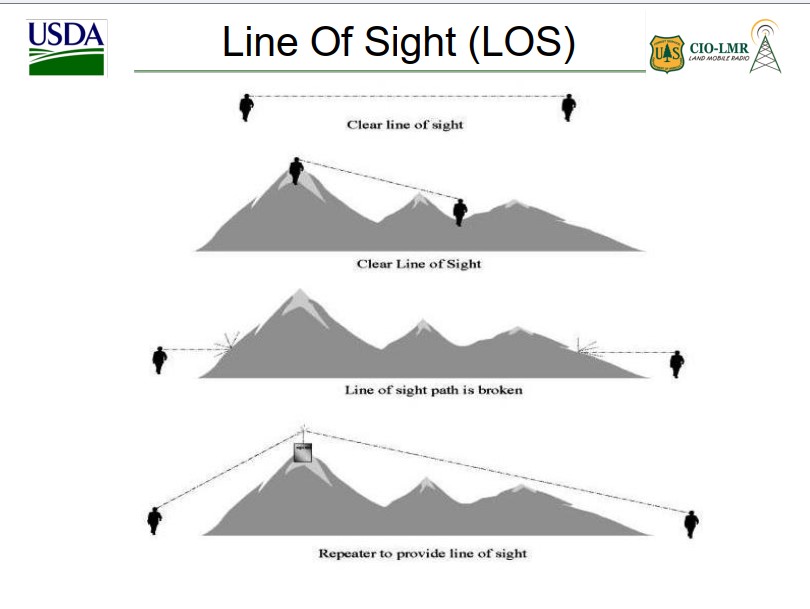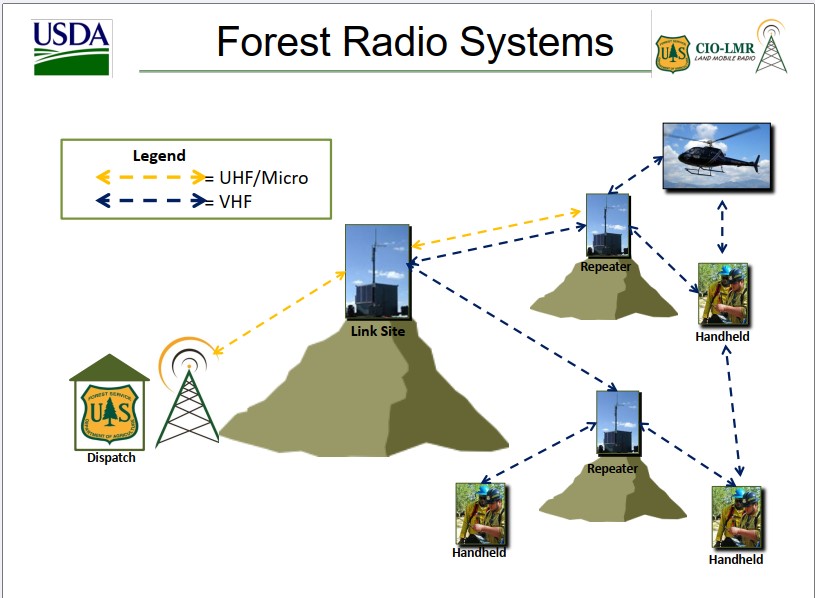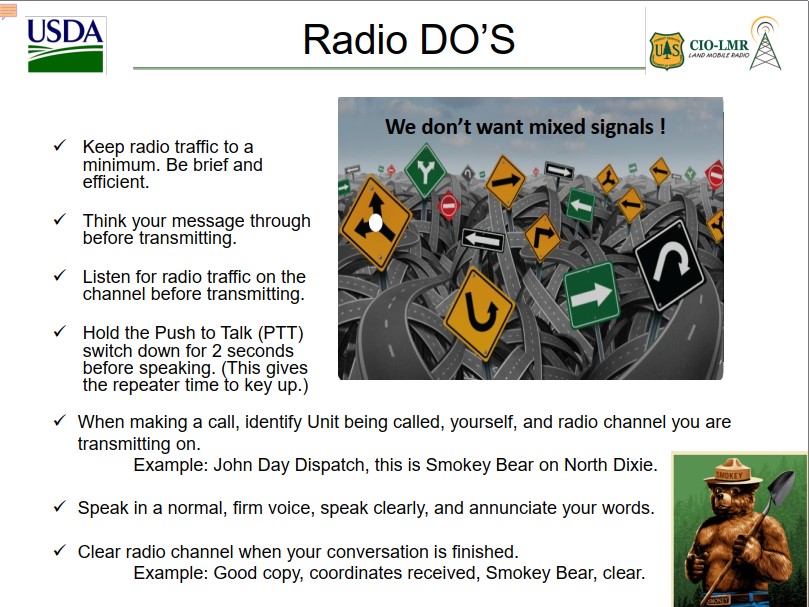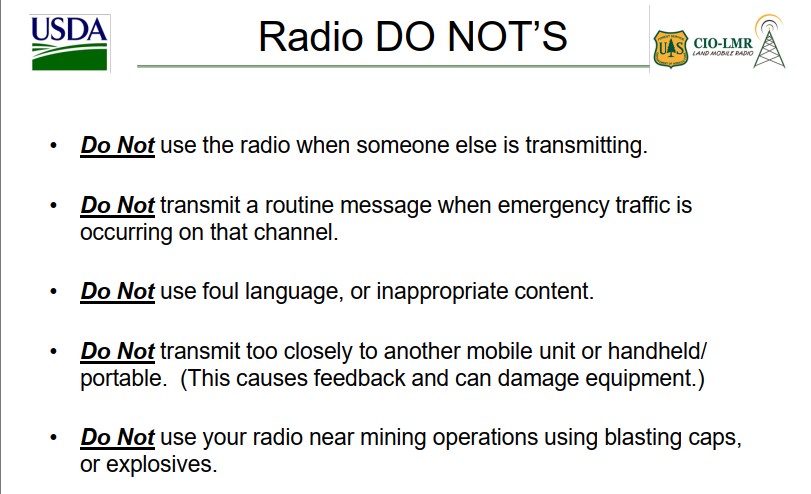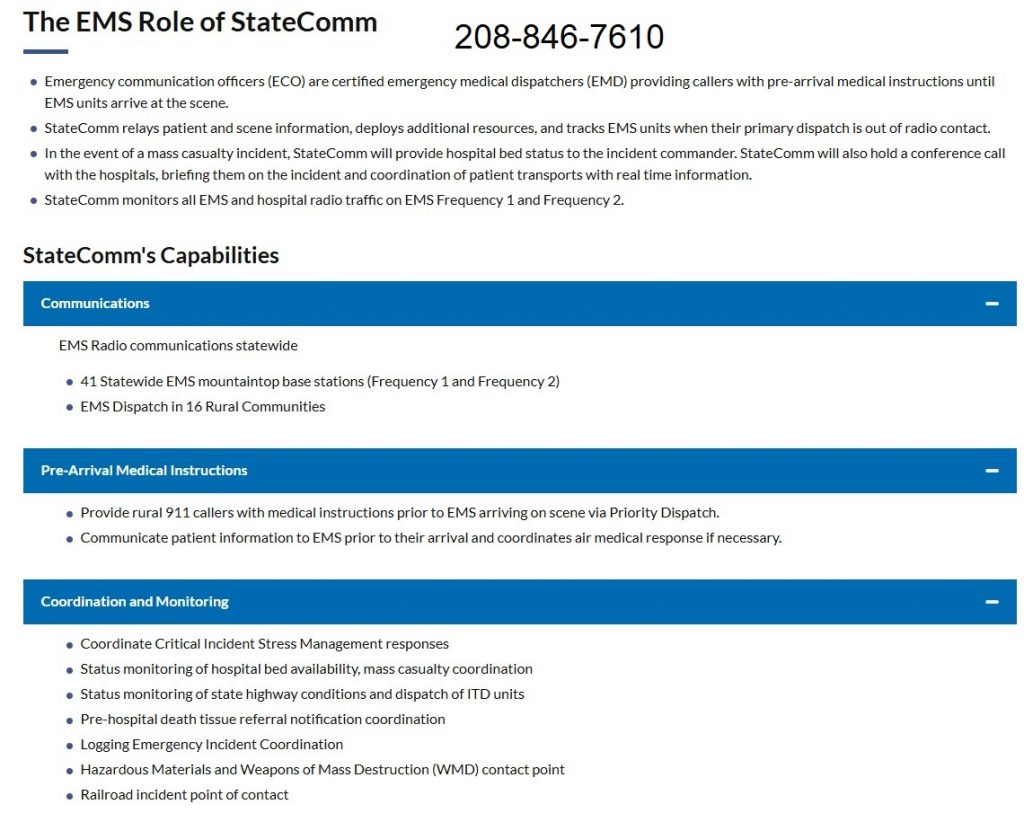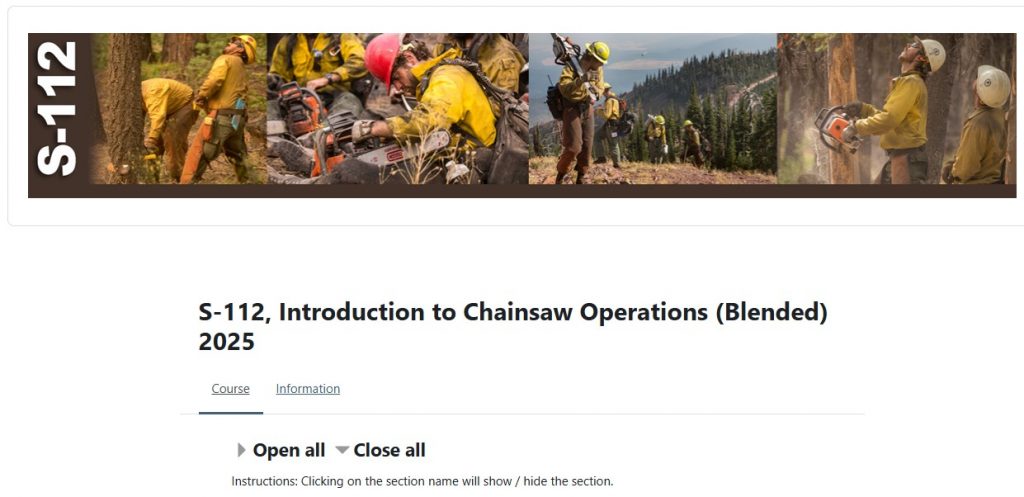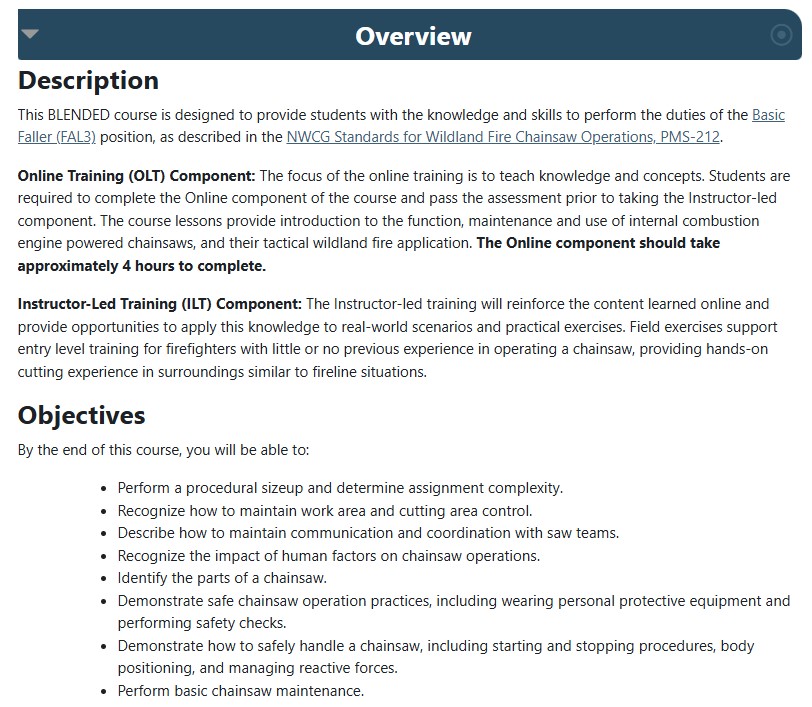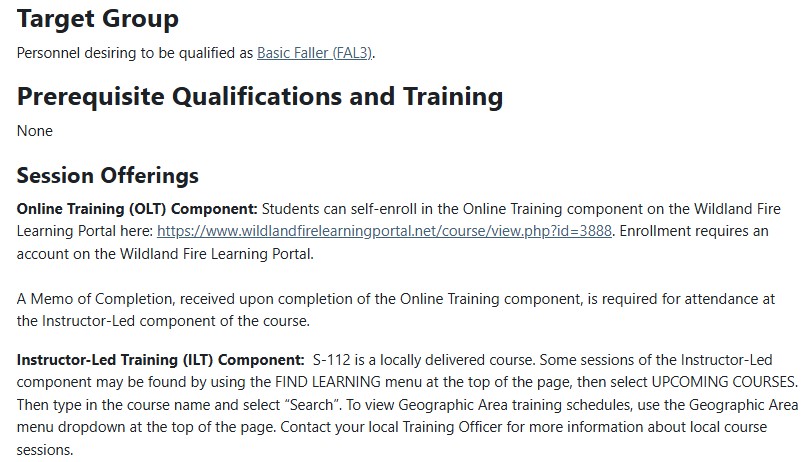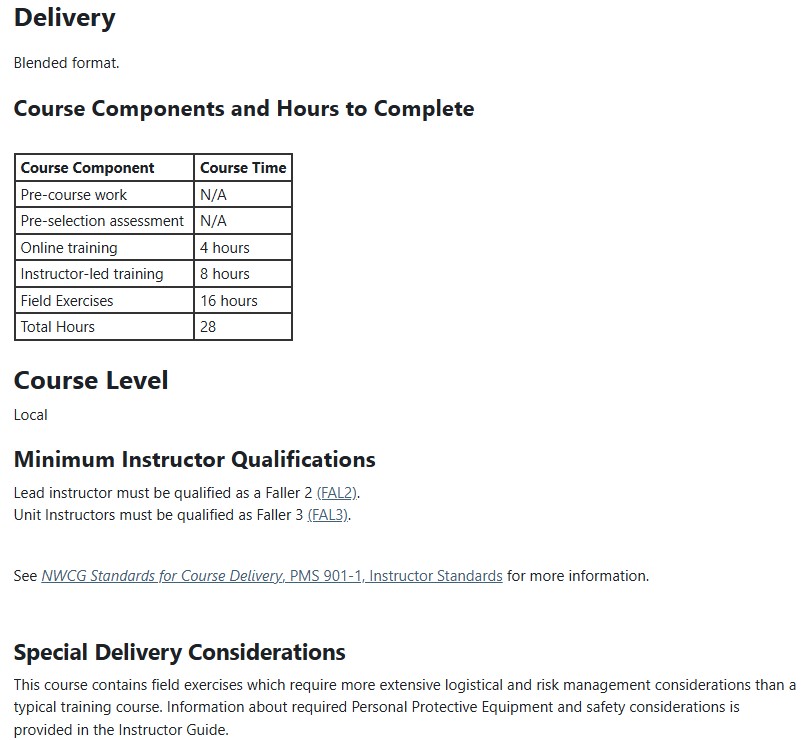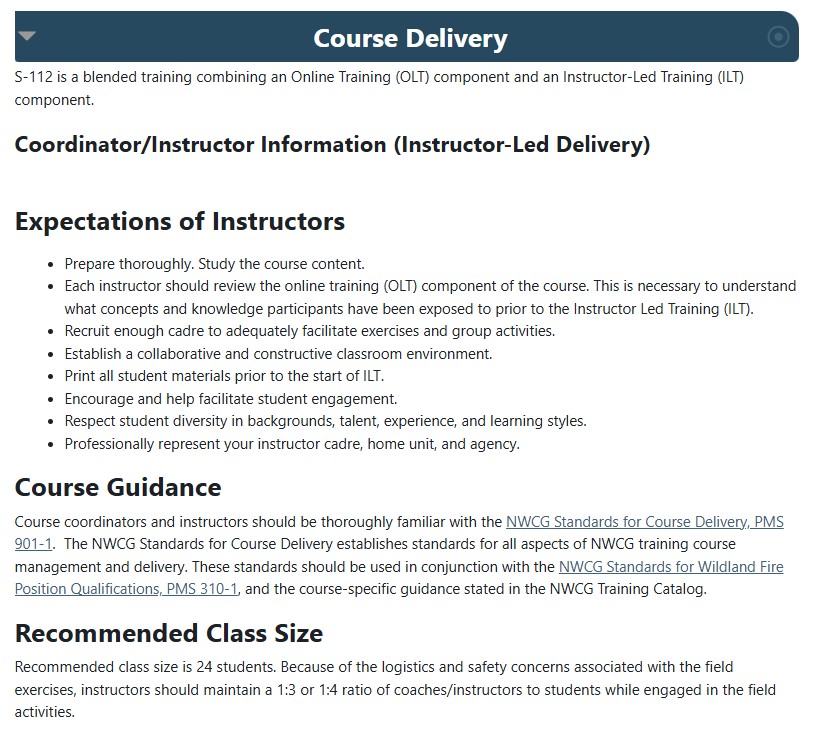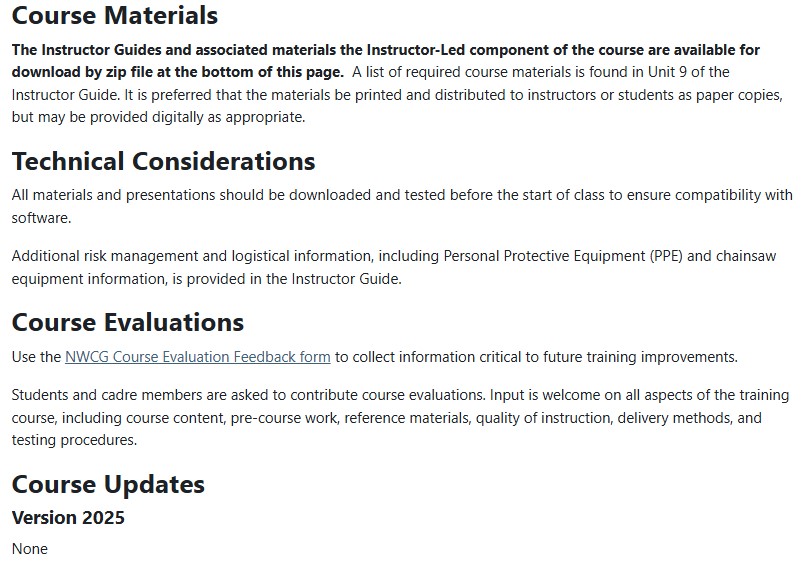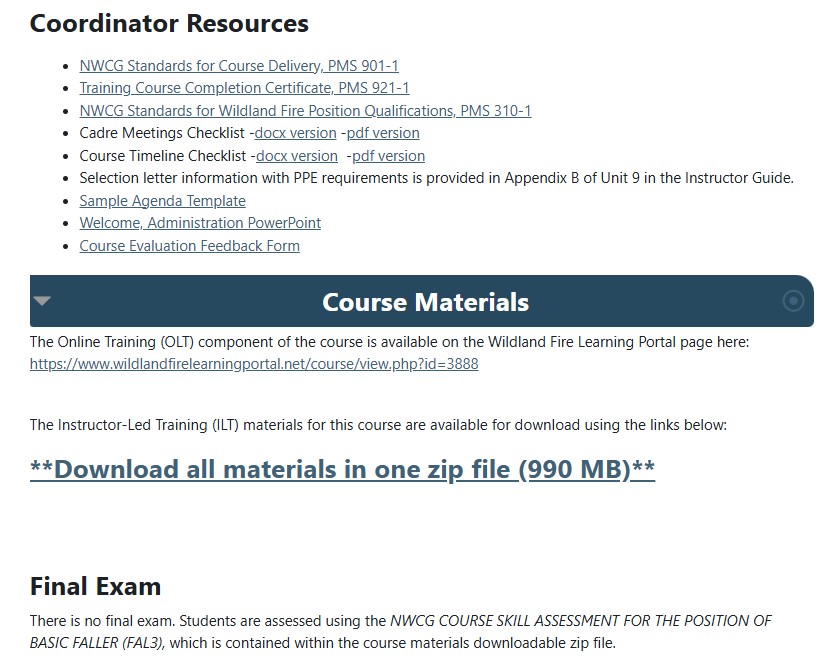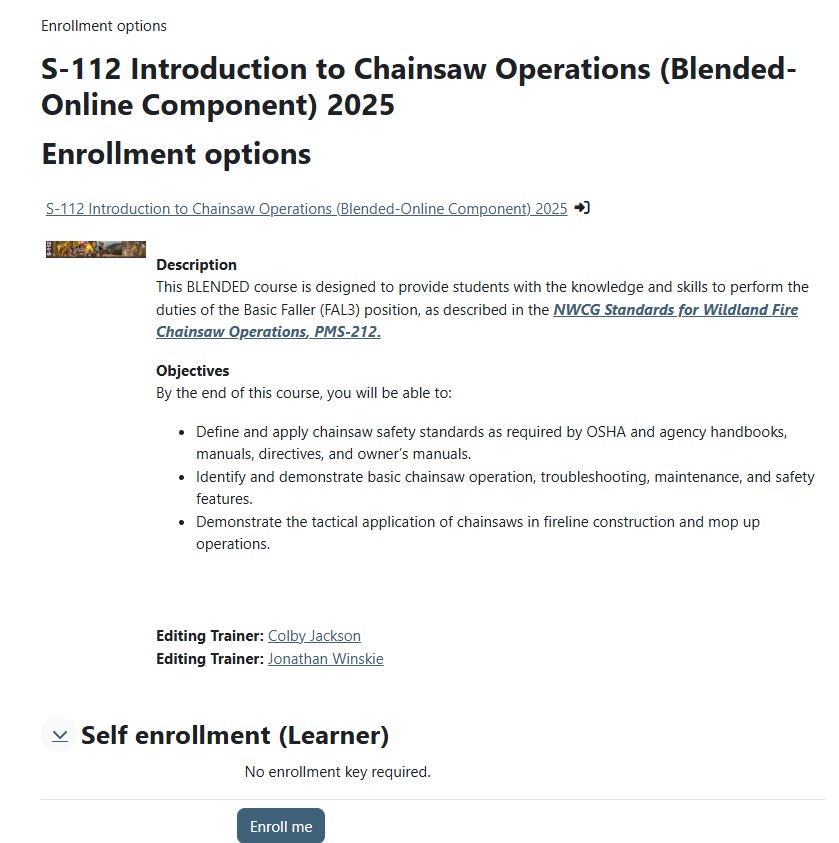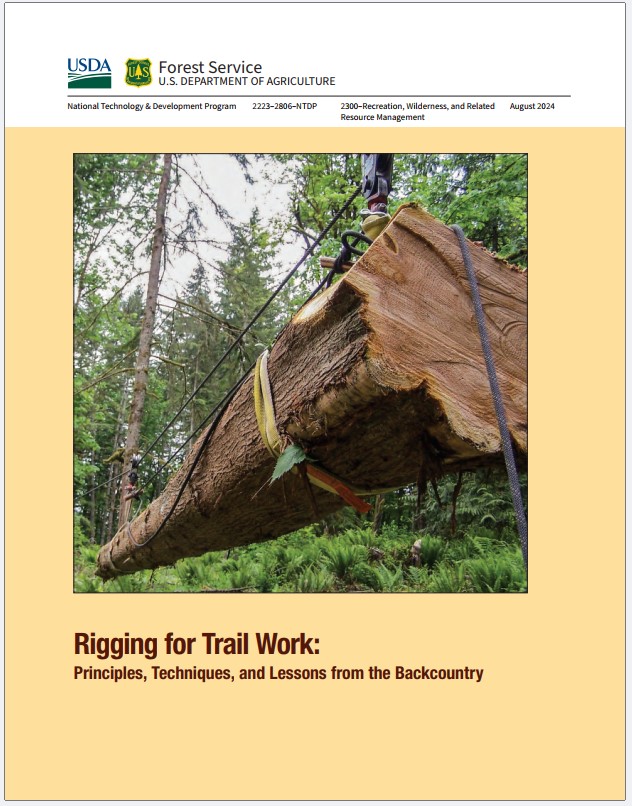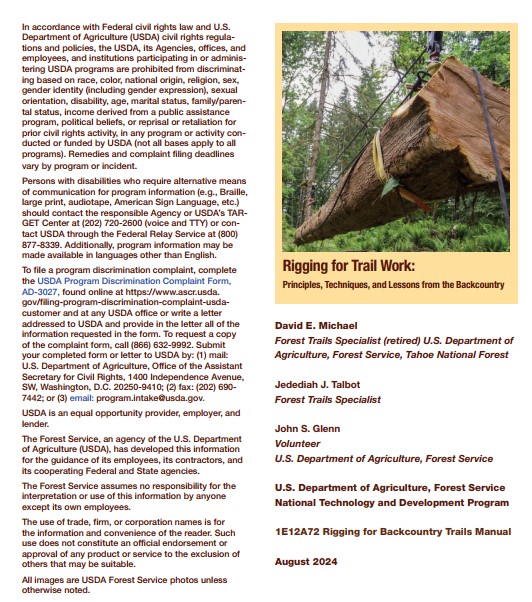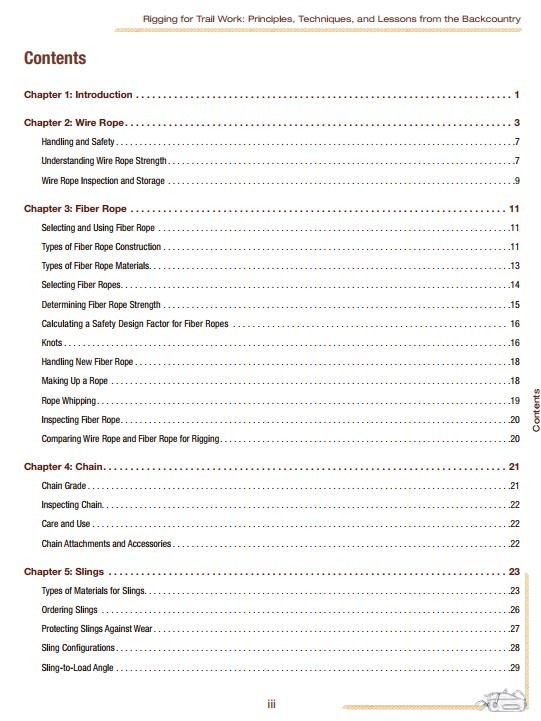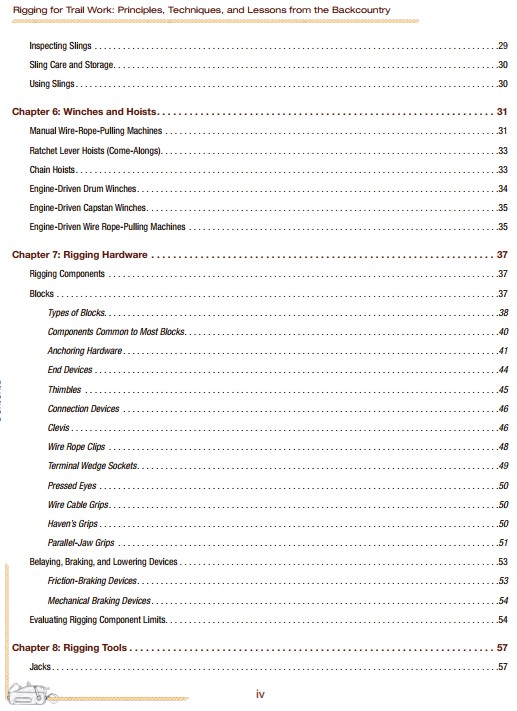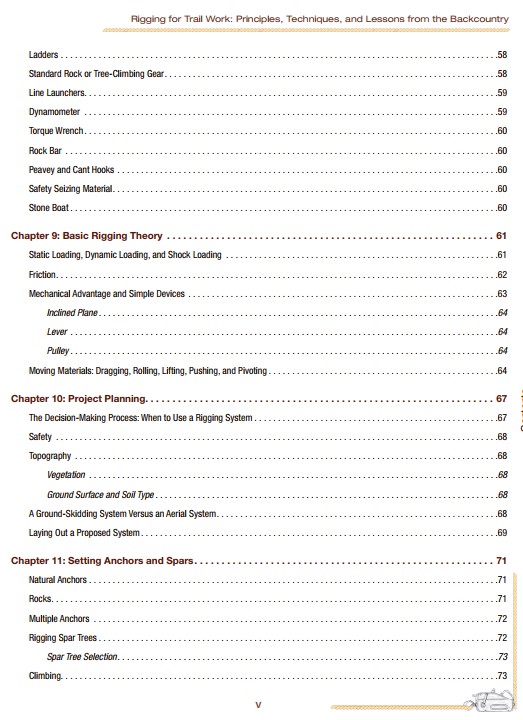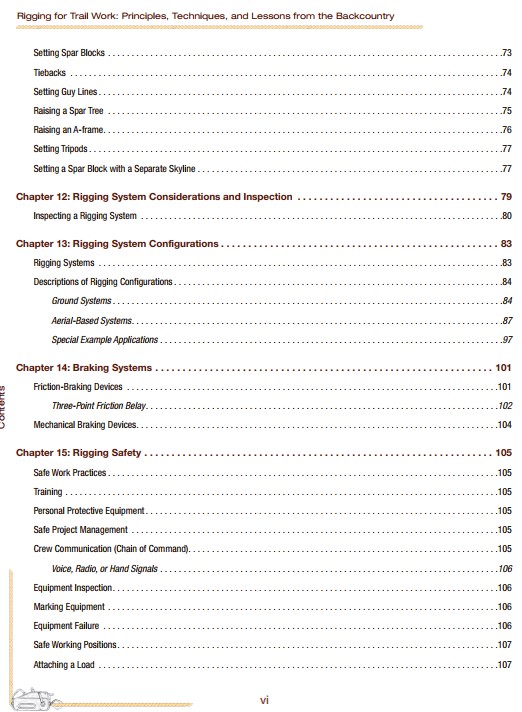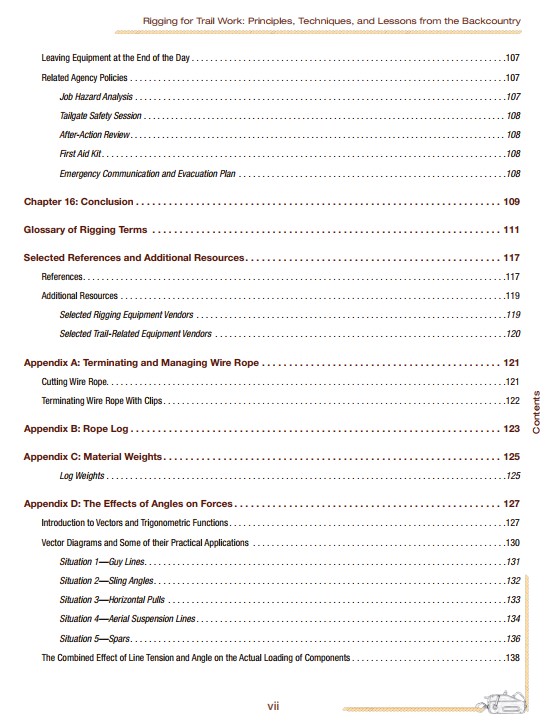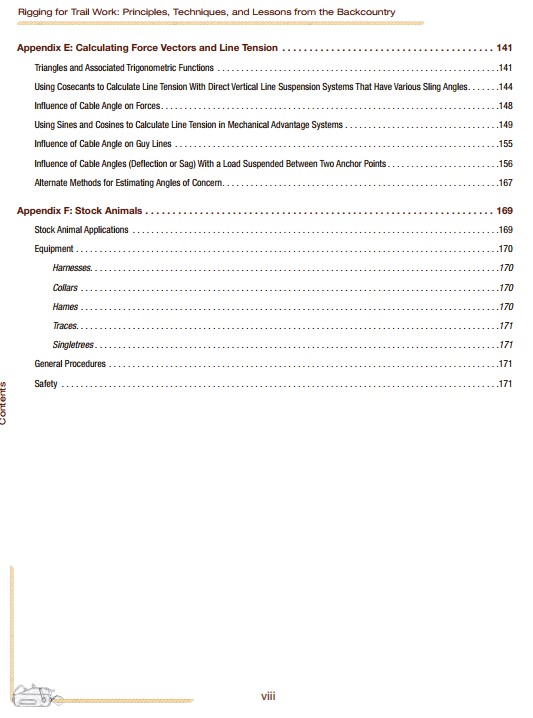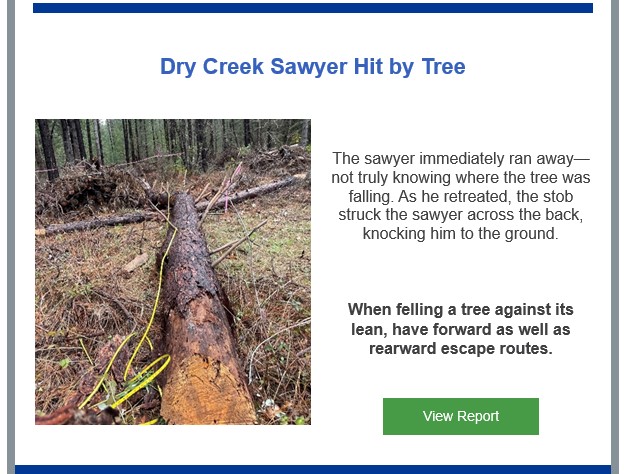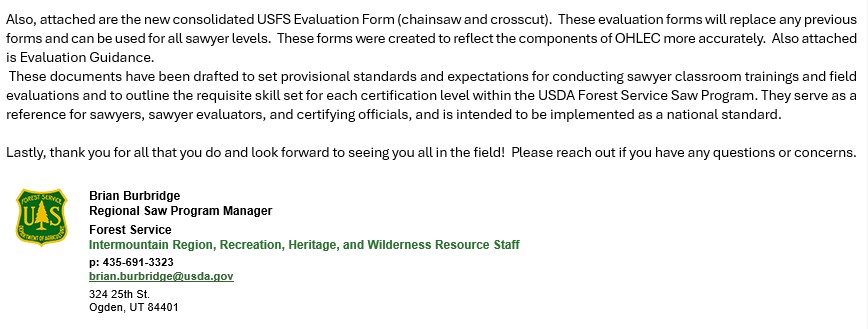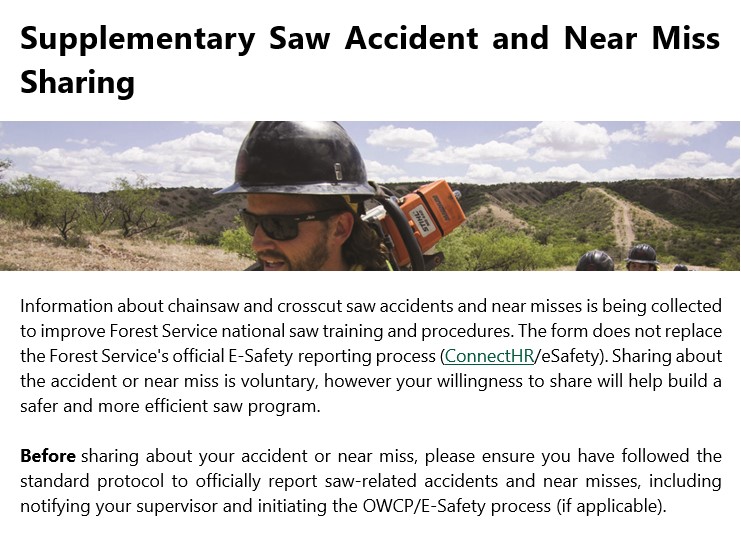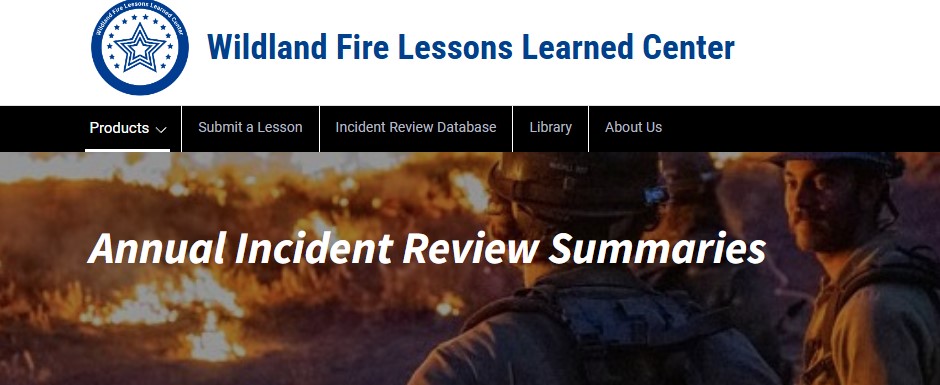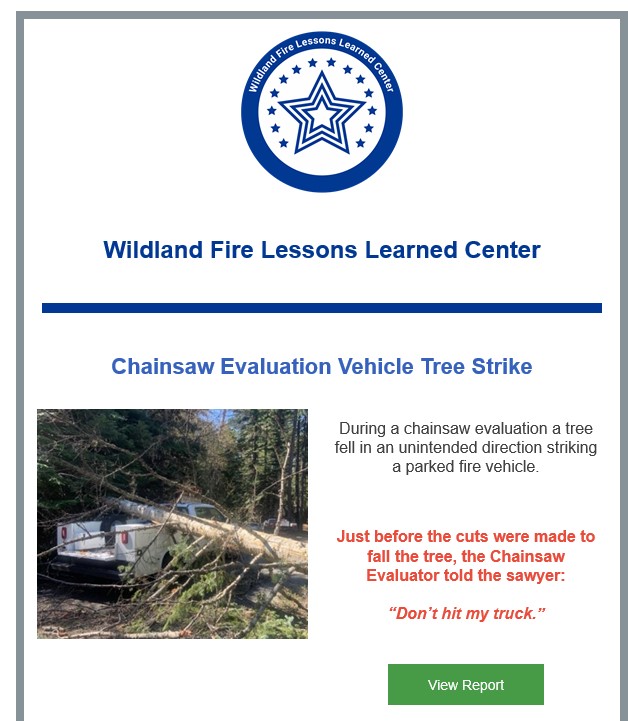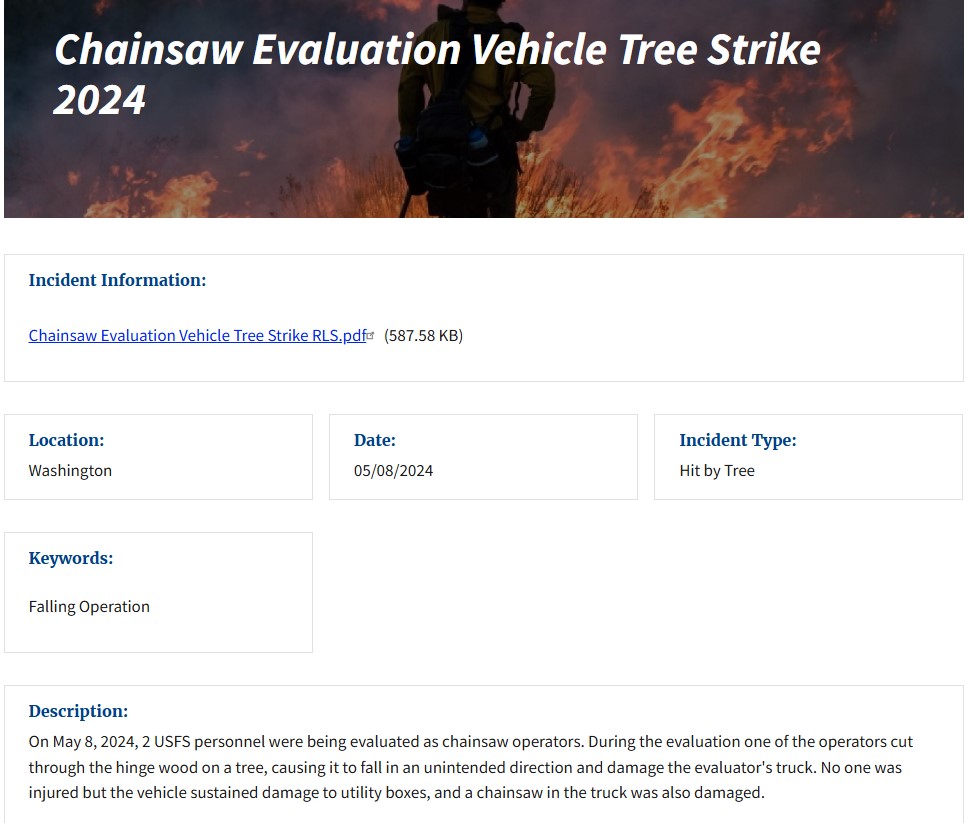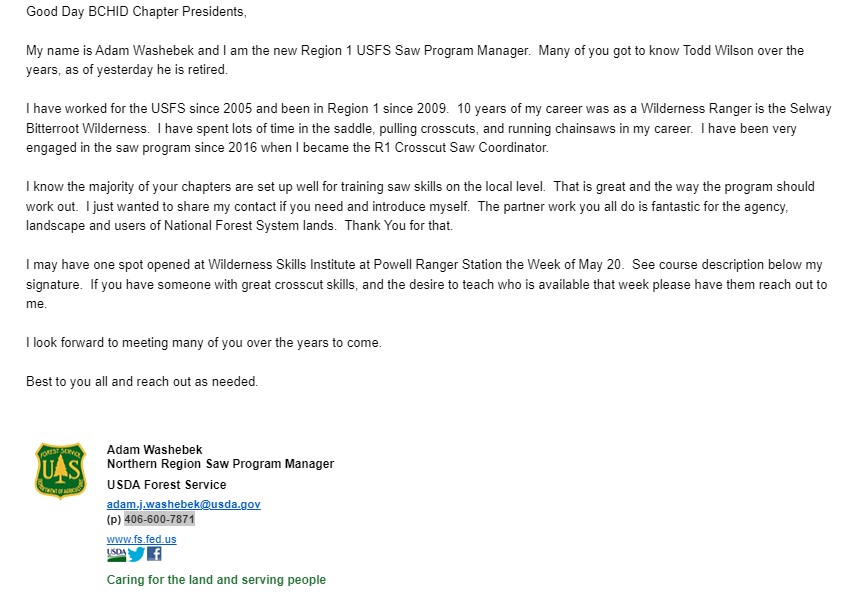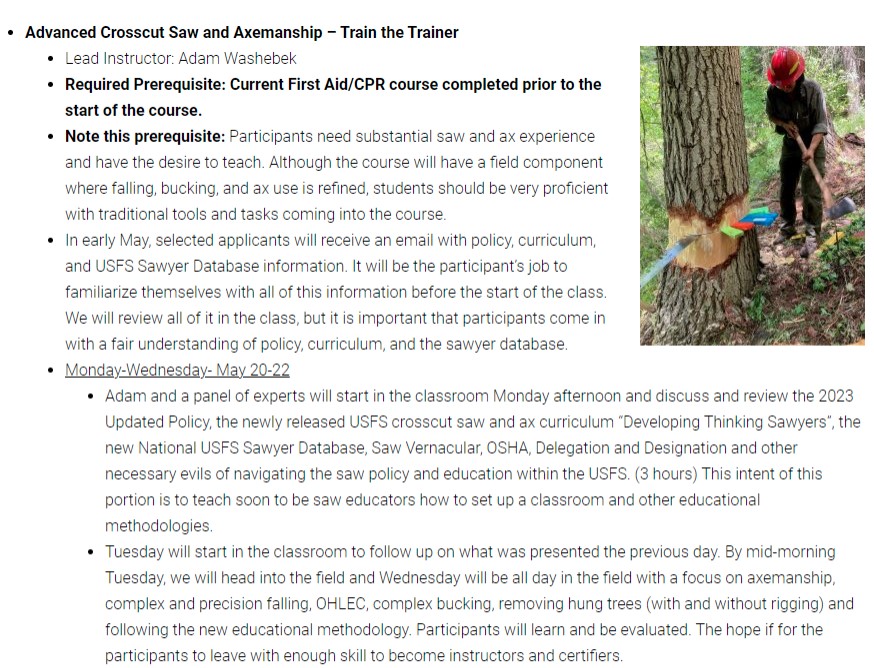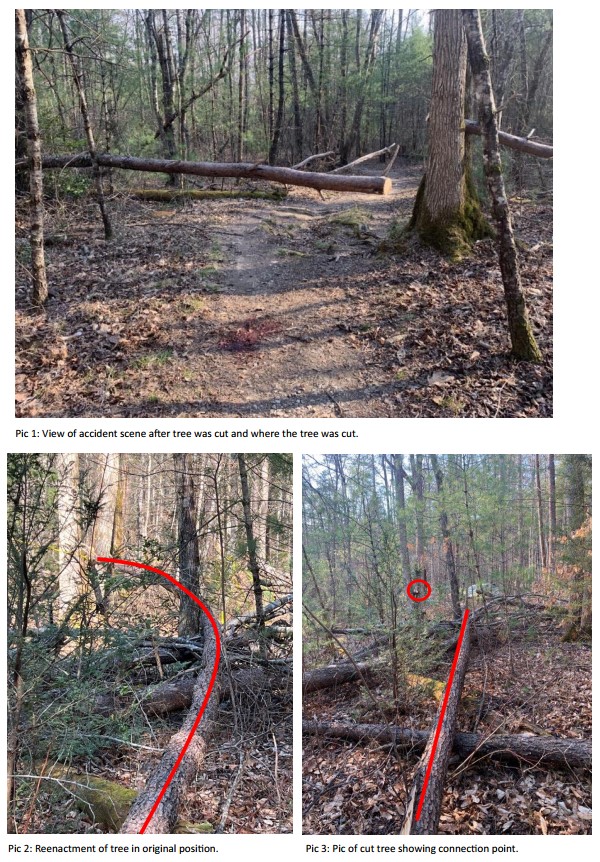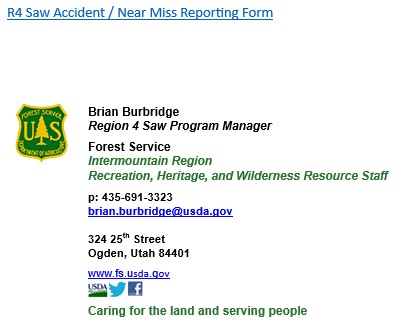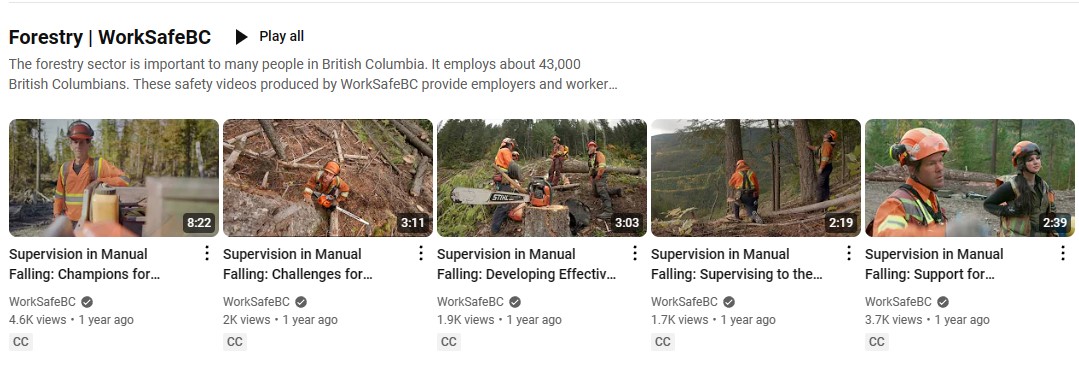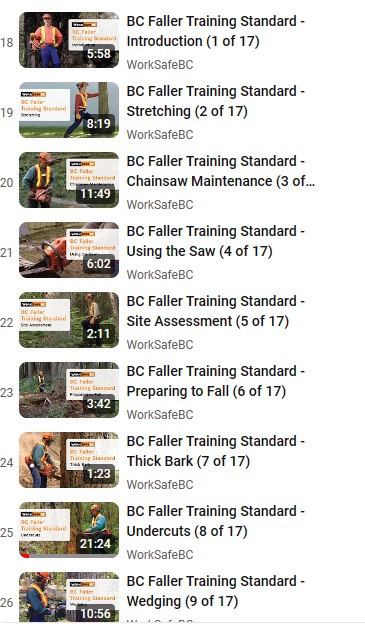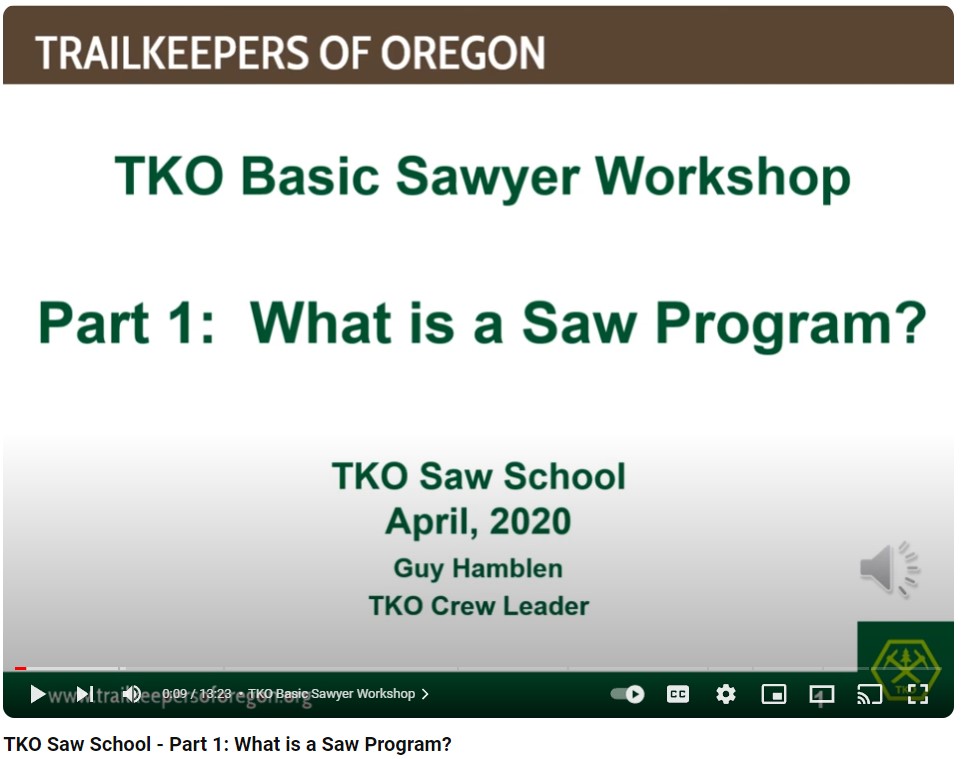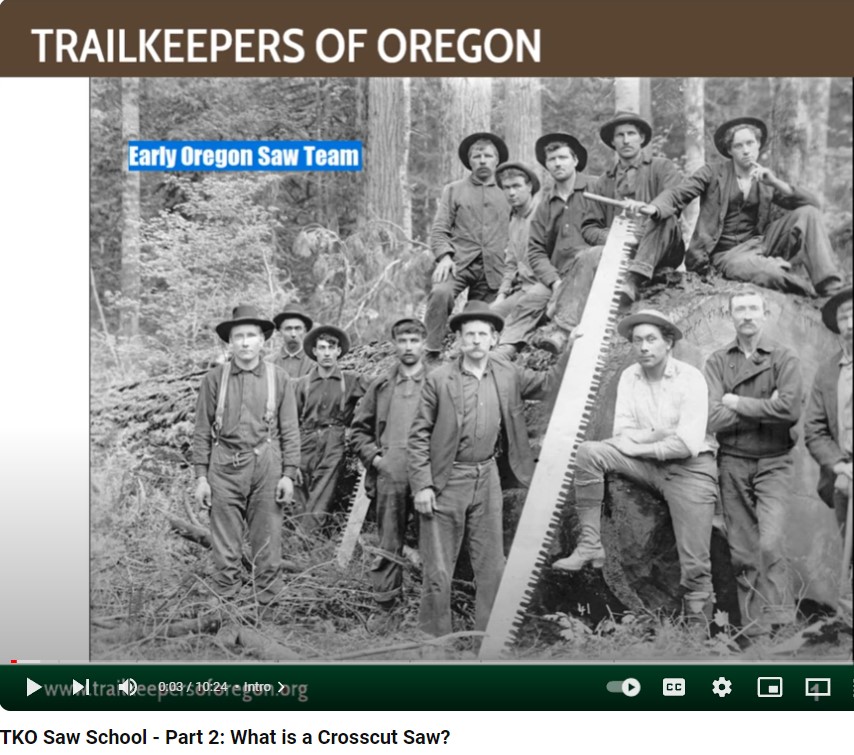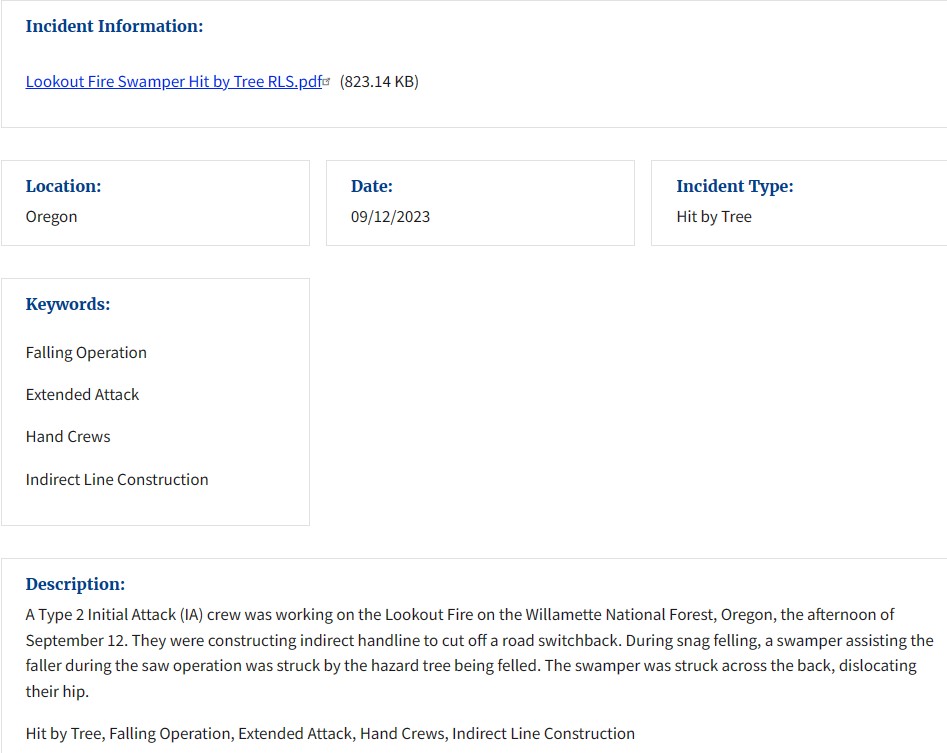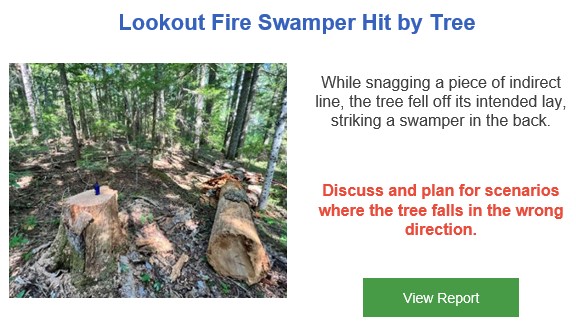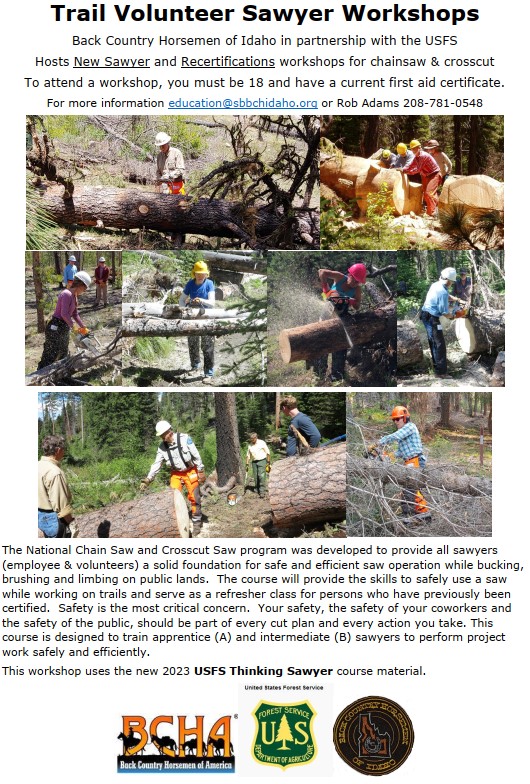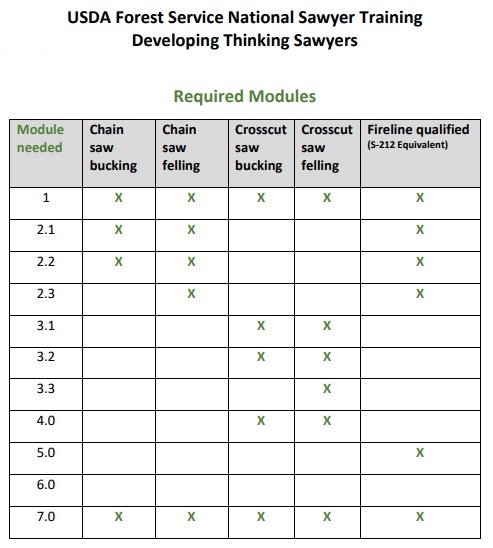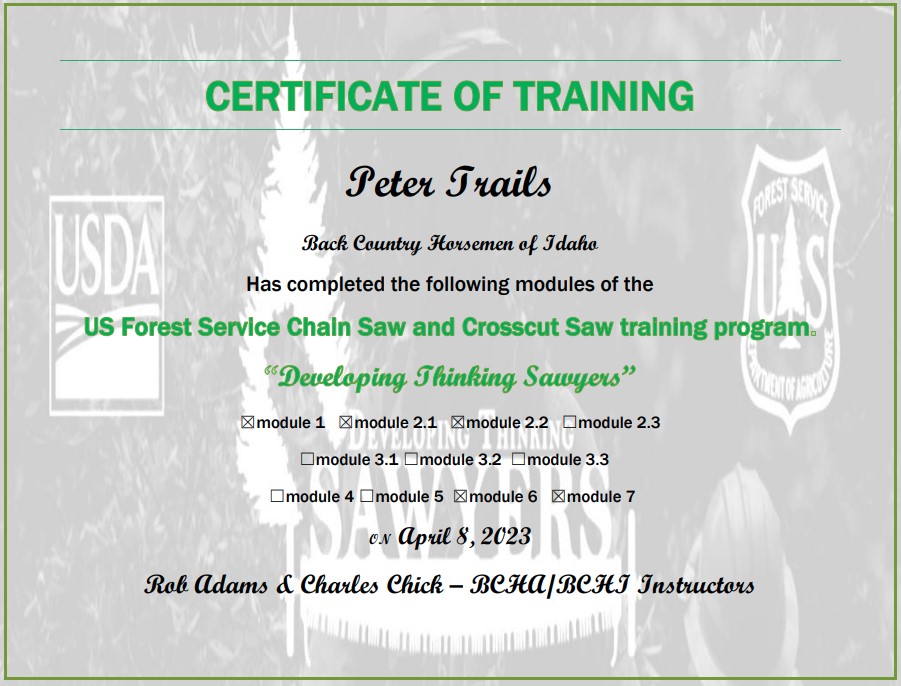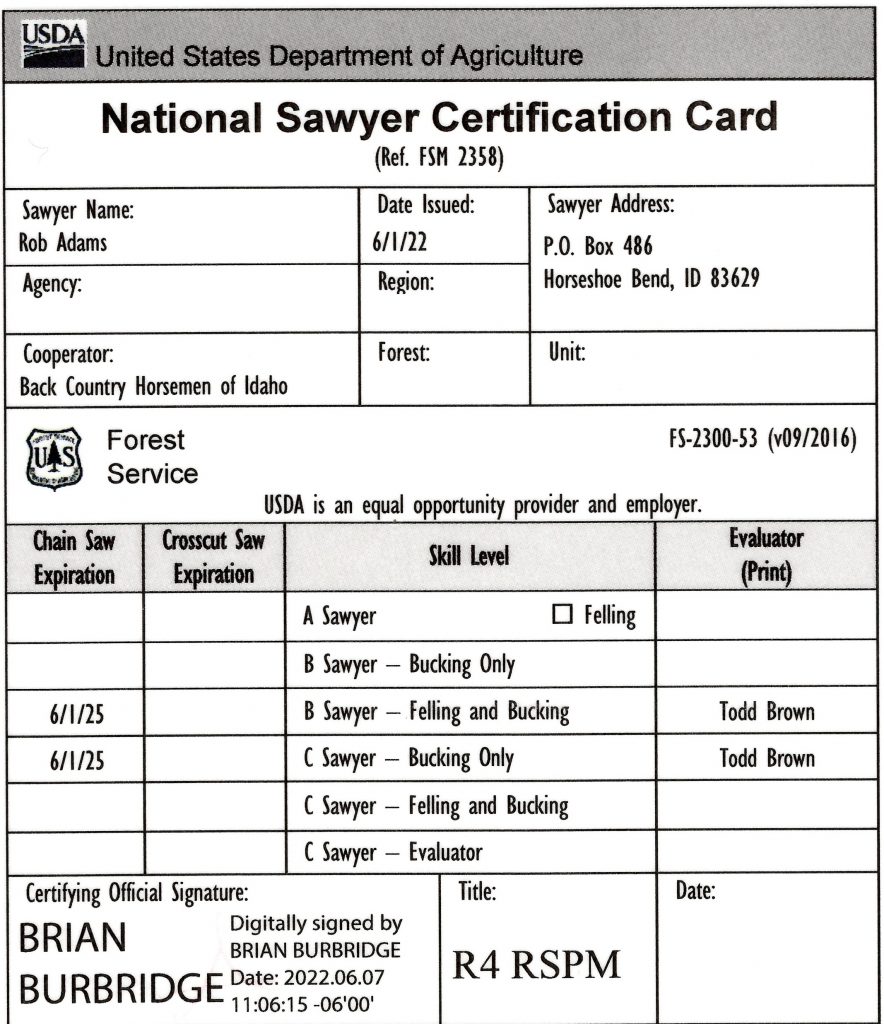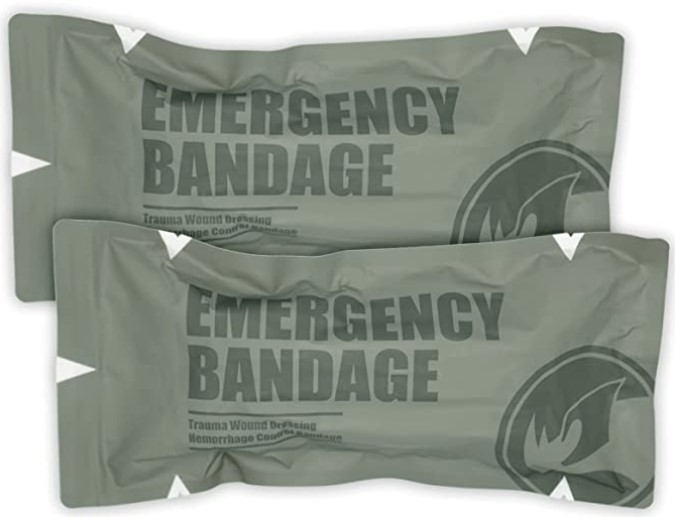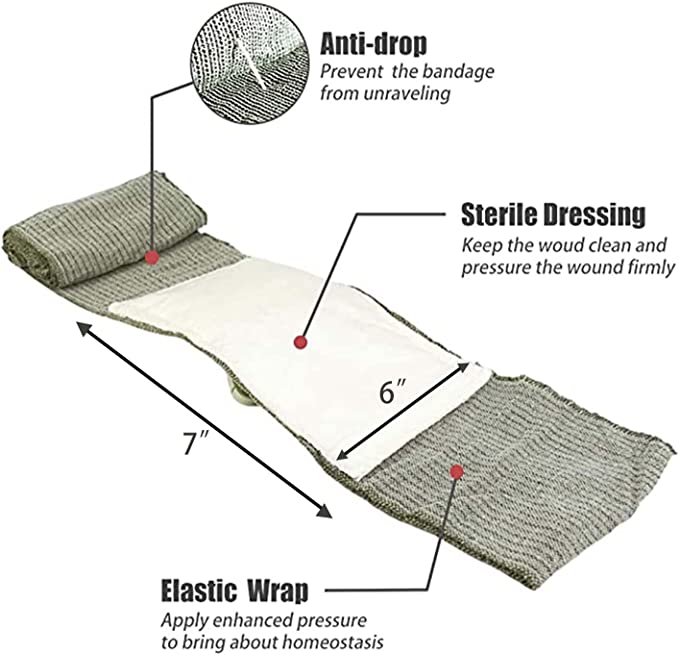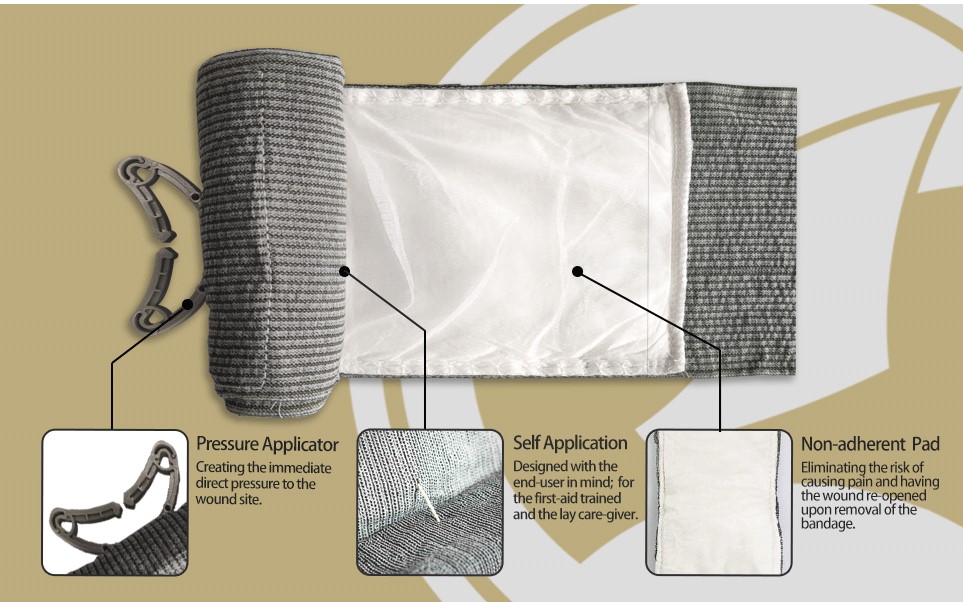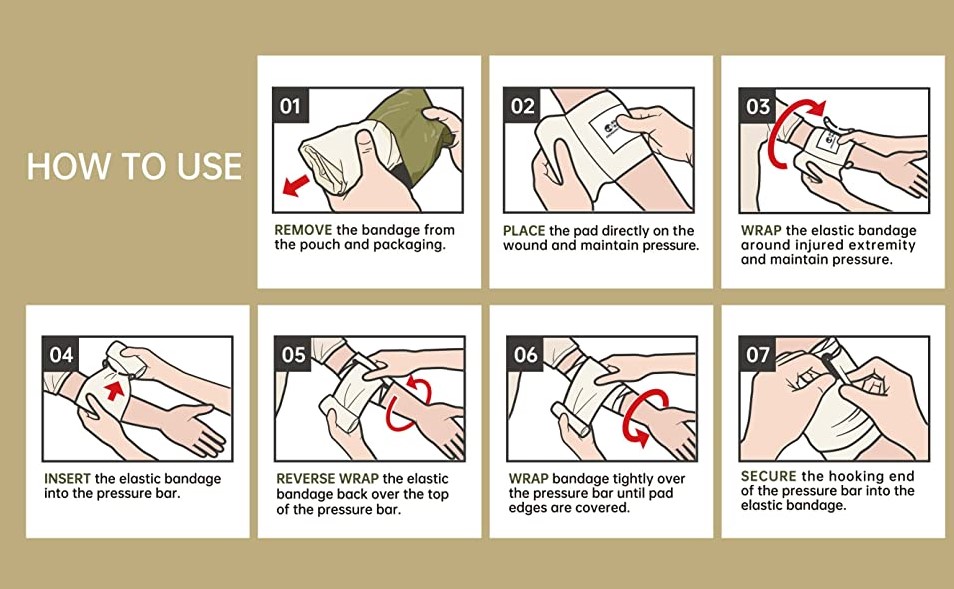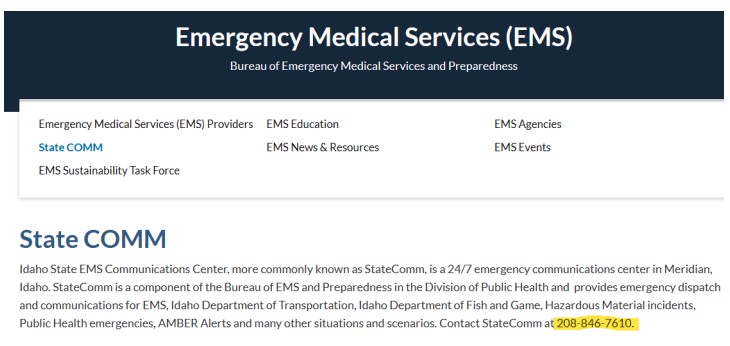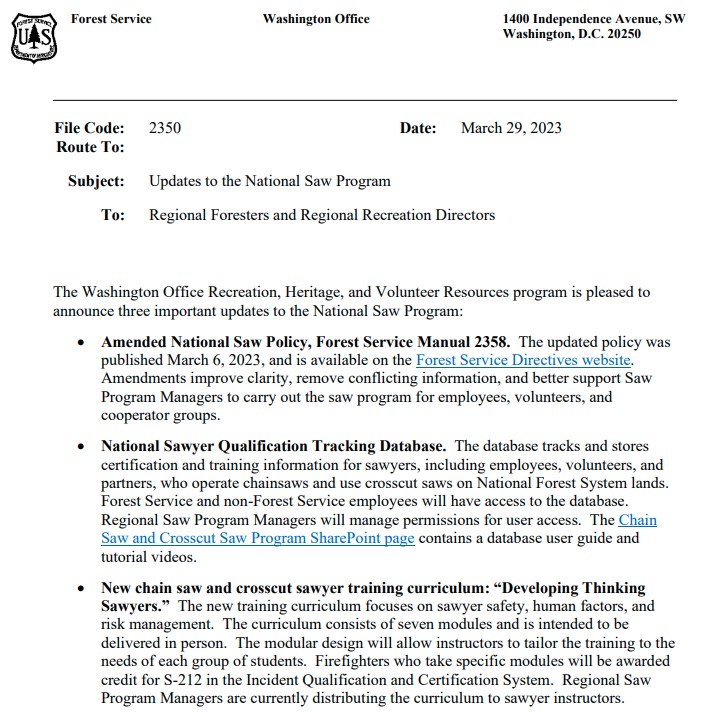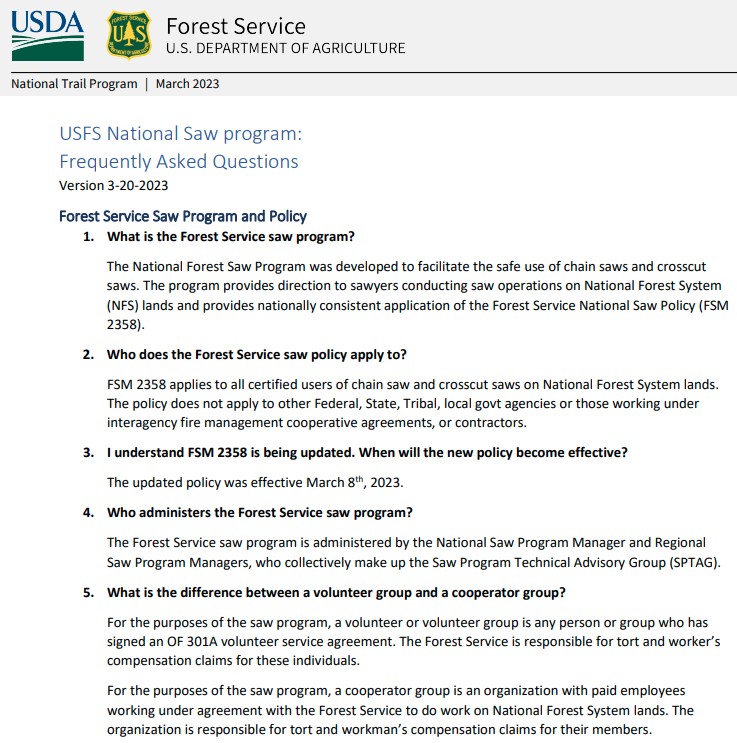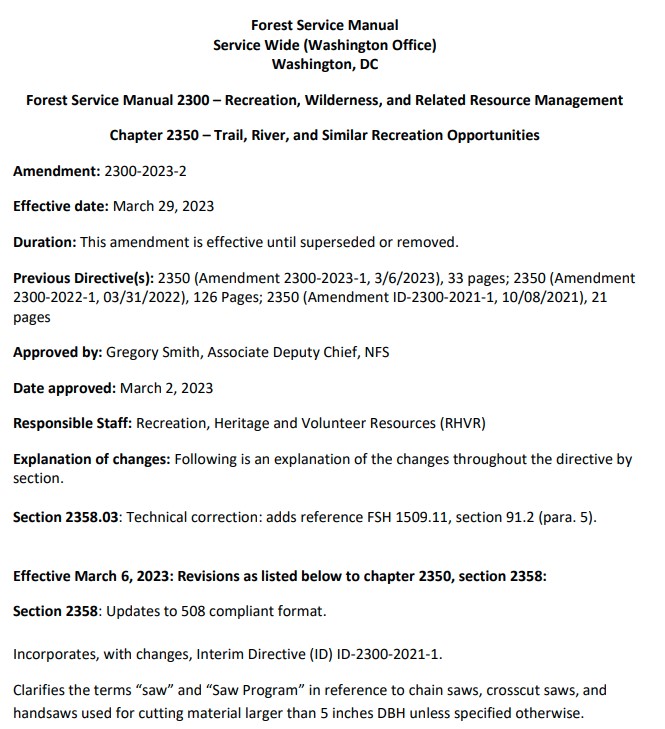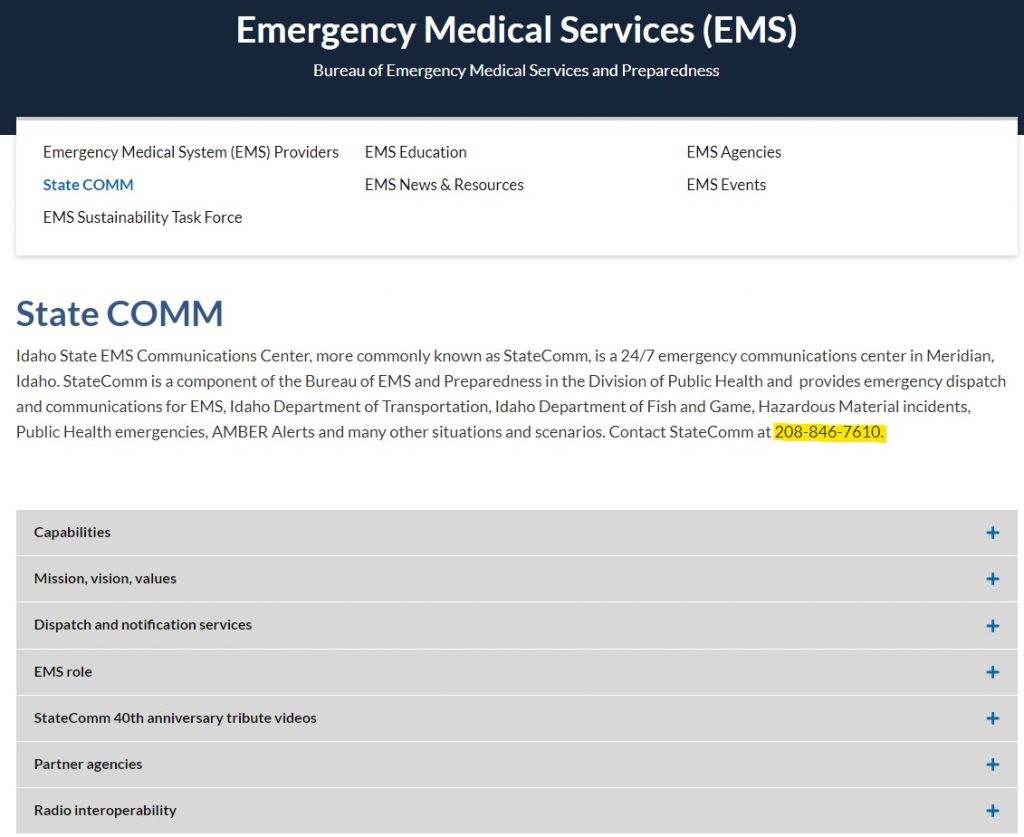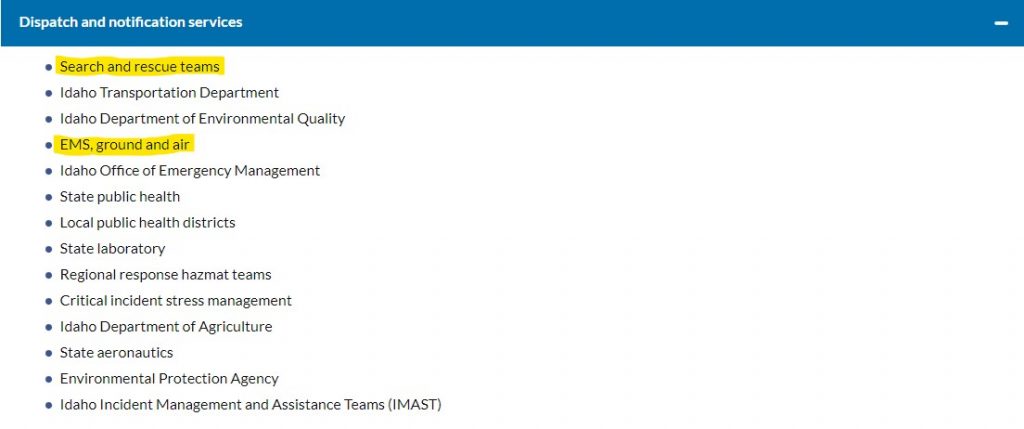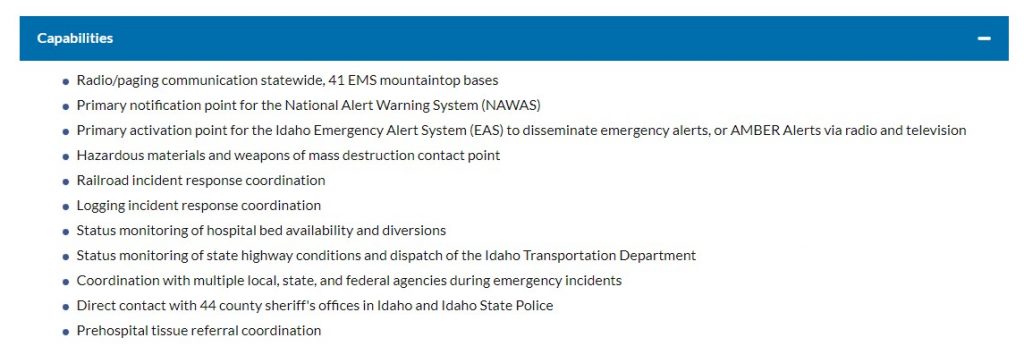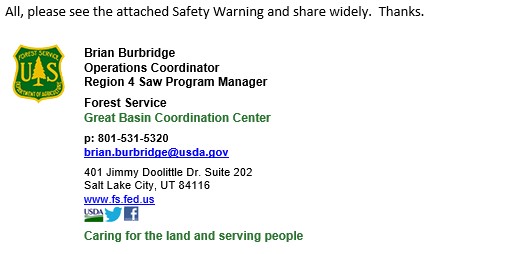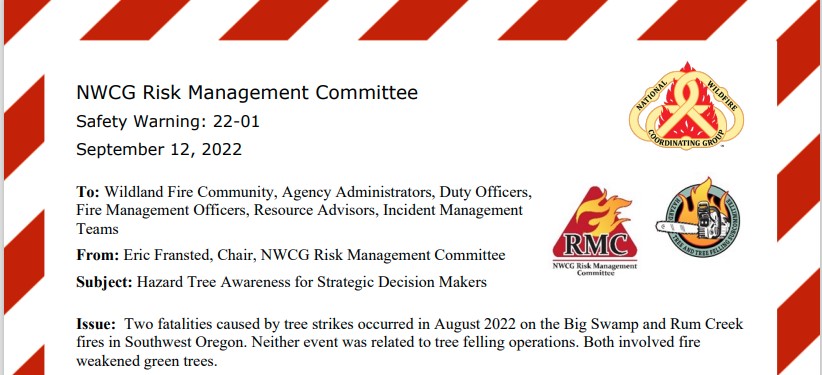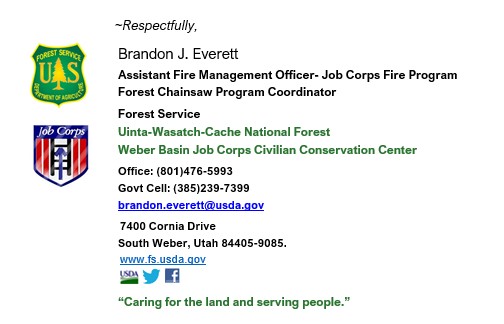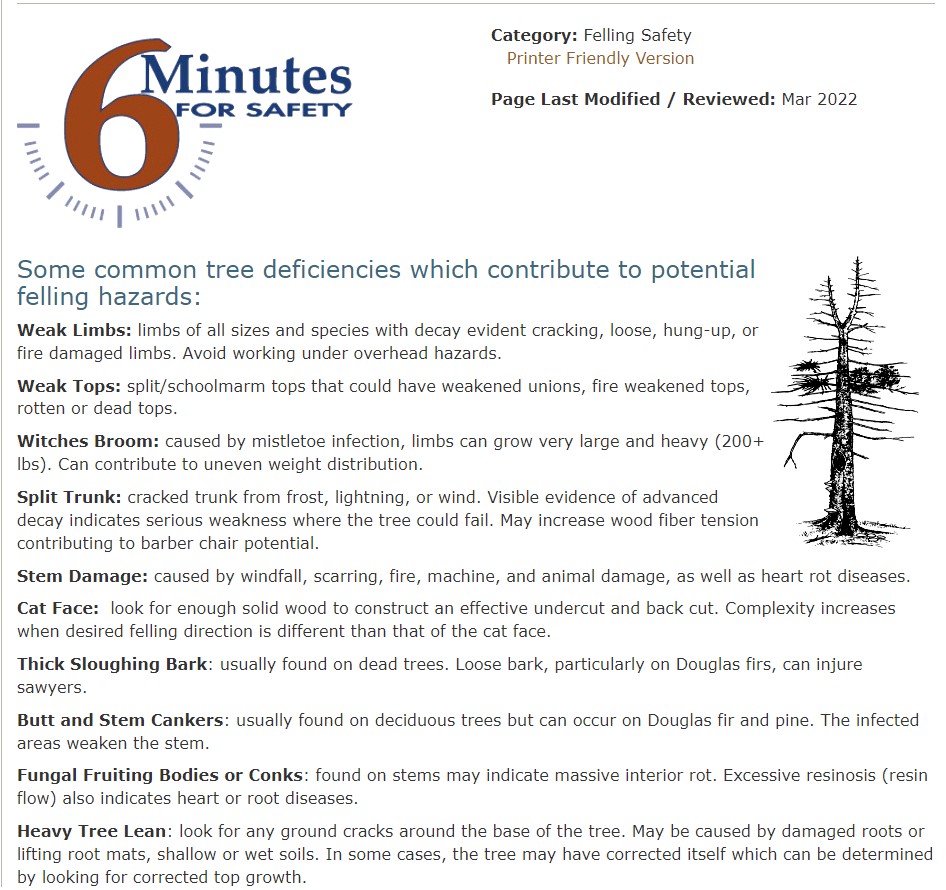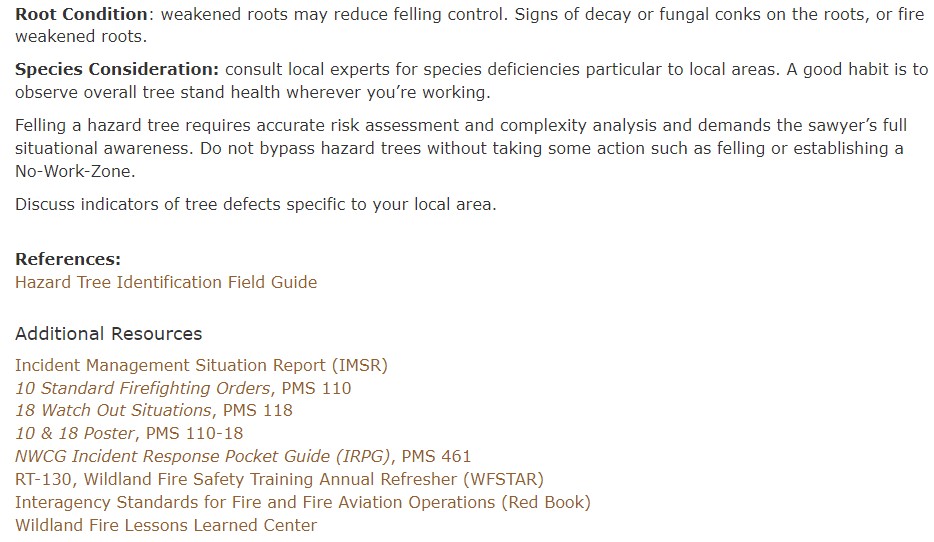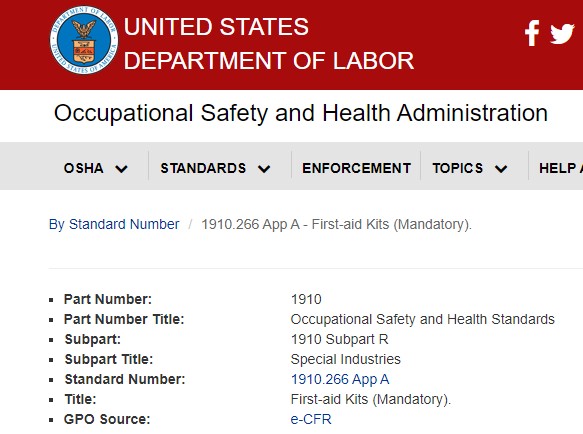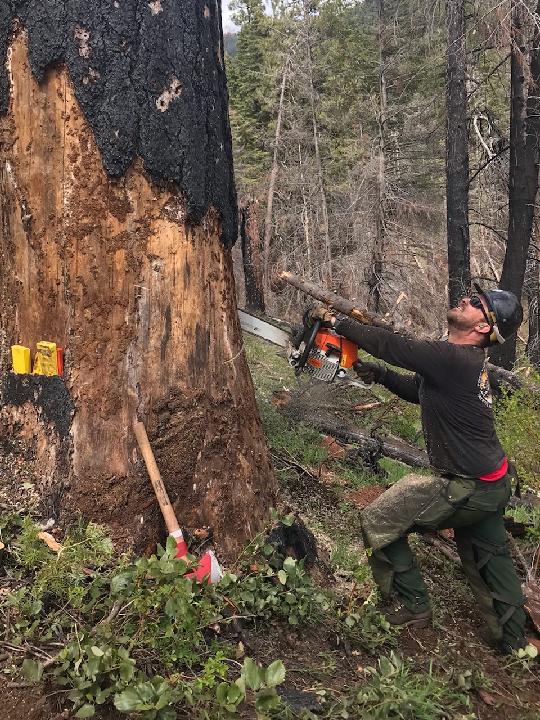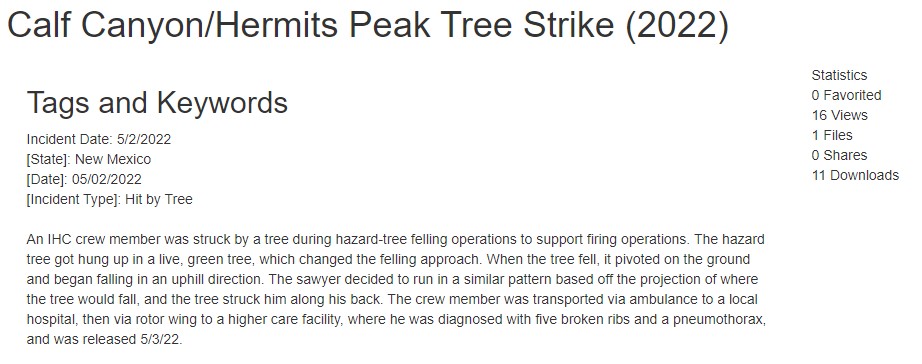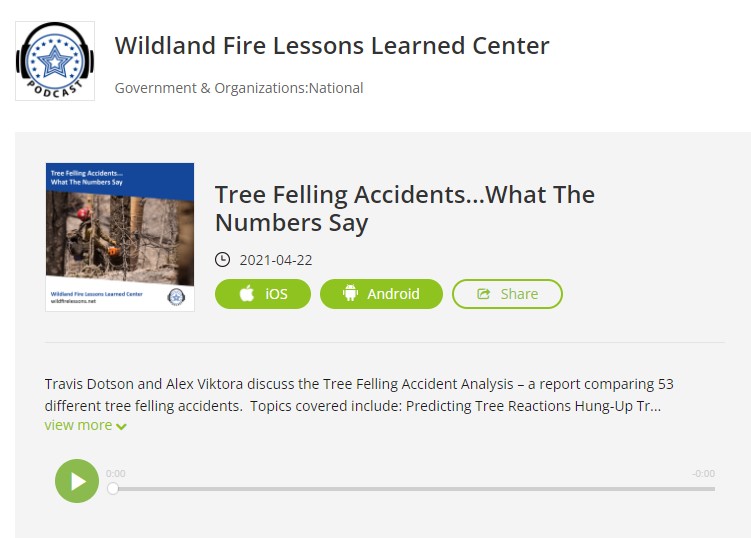
 The Wilderness Medical Society convened an expert panel of clinicians and researchers to appraise and update the WMS clinical practice guidelines for out-of-hospital evaluation and treatment of accidental hypothermia. The panel readdressed previously posed questions and considered additional questions not previously considered. All articles were considered, but those published between 2013 and 2019 were the focus of the review. The 2019 guidelines are the product of this effort. The guidelines focus on pre-hospital treatment, although hospital capabilities are discussed and considered for transport and triage recommendations.
The Wilderness Medical Society convened an expert panel of clinicians and researchers to appraise and update the WMS clinical practice guidelines for out-of-hospital evaluation and treatment of accidental hypothermia. The panel readdressed previously posed questions and considered additional questions not previously considered. All articles were considered, but those published between 2013 and 2019 were the focus of the review. The 2019 guidelines are the product of this effort. The guidelines focus on pre-hospital treatment, although hospital capabilities are discussed and considered for transport and triage recommendations.
Accidental hypothermia is the unintentional drop in core temperature to 35°C (95°F) or lower, and is a result of net heat loss from the body. For the purposes of out-of-hospital assessment, classification of hypothermia is based upon the clinical presentation of the patient. Core temperature is addressed, but this is frequently impossible to reliably, or safely, obtain in the field. The key considerations for classification and treatment are level of consciousness, alertness, intensity of shivering, physical capacity, and cardiovascular stability. The “Cold Card,” presented in the guidelines, provides a succinct summary and is easy to carry into the field.
The cold stressed patient [core temperature >35°C (95°F)], is not hypothermic. They have a normal mental status, coordination, are alert, and will be shivering to produce heat. The mildly hypothermic patient [core temperature 35-32°C (95-89.6°F)] will demonstrate impaired movement, often manifesting as poor coordination. They may be mildly tachycardic, but blood pressure will be normal. Moderate hypothermia [core temperature 32-28°C (89.6°-82.4°F)] is remarkable for worsening coordination, changing mental status, and decreased alertness. Shivering may still be present in patients with moderate hypothermia. Careful handling is imperative for these patients. Patients with severe/profound hypothermia [core temperature <28C° (82.4°F)] demonstrate a marked decrease in their level of consciousness, to the point of coma, will no longer be shivering, and demonstrate cardiac instability. These patients must be handled very carefully to prevent ventricular arrhythmias. If no pulse is present after a one-minute check, compressions should be started.
Treatment is progressive, depending on the state of hypothermia. Field rewarming begins with the prevention of further heat loss by protecting the patient from the environment – including the safe removal of wet clothing, and initiation of rewarming. Rescuers must be aware of the possibility of afterdrop and circumrescue collapse, both of which can be triggered by moving a patient from the horizontal position. After protection from the environment, methods of active field rewarming employ a combination of an insulative layer, a vapor barrier to prevent evaporative heat loss, and an external heat source. Examples of the heat source include chemical heat packs, forced air, and hot water bottles. Heat should be applied to the axilla and chest and care taken to monitor for burns. It is not recommended that small chemical heat packs (hand warmers) be used for core rewarming as they do not provide sufficient heat to affect core temperature. Immersion in warm water or a warm shower is not recommended for patients with hypothermia as it may lead to shock due to peripheral vasodilation.
Resuscitation of hypothermic patients differs from normothermic patients in that compressions are NOT started if there is any palpable pulse – regardless of rate. Rescuers should palpate for a pulse for at least one minute and only start compressions if no pulse is present. If a monitor is available, the rhythm should be assessed. A nonperfusing rhythm, such as ventricular fibrillation or asystole, is an indication to begin compressions. Organized electrical activity without a pulse (PEA) should be assessed with ETCO2 (end-tidal carbon dioxide) monitoring. If ETCO2 indicates there is perfusion, do no initiate compressions. Resuscitation is not initiated in patients with fixed, dilated pupils, obvious fatal injuries, and rigor mortis. Lividity is an unpredictable indicator in hypothermic patients so is not to be used as a sign of death.
Accidental hypothermia in the wilderness environment rarely occurs with readily available transport. In those needing active resuscitation, transporting is a challenge, however, and may be unsafe for rescuers. Compressions may be interrupted for up to 5 minutes while moving the patient. Compressions should resume for at least 5 minutes before the next interruption.
Once advanced field interventions are available, IV access should be attempted, and warm fluid resuscitation initiated. An AED or defibrillator may be employed for a shockable rhythm. If the body temperature is below 30°C (85°F), only one attempt should be made. Further attempts are indicated once the temperature is greater than 30°C. Medications for resuscitation should not be administered until the core temperature is above 30°C, and then intervals for administration should be doubled. If airway protection is indicated, it should be initiated when available. Ventilation rate should be guided by ETCO2, and if not available, care must be taken to not hyperventilate the patient.
Patients with moderate and severe hypothermia are to be transported to a hospital capable of caring for them. Patients with cold stress and mild symptoms need not be transported if they have been successfully treated in the field. Patients with hemodynamic instability, and especially those requiring compressions, should be transported to a facility capable of extracorporeal cardiac life support (ECLS), preferably extracorporeal membrane oxygenation although cardiopulmonary bypass is an option. Rescuers should use good judgement and not bypass a facility if transport times are lengthy. The transport vehicle should be heated to 28°C (82.4°F), however, may be quite uncomfortable for attendants and pilots.
The ultimate outcome for the hypothermic patient is dependent on prompt recognition and classification of symptoms, protection from further heat loss, initiation of active rewarming, gentle handling during rescue, and appropriate resuscitation. In cases of severe and hemodynamically unstable hypothermia, transport to an ECLS capable facility will further improve the patient’s chances for survival.
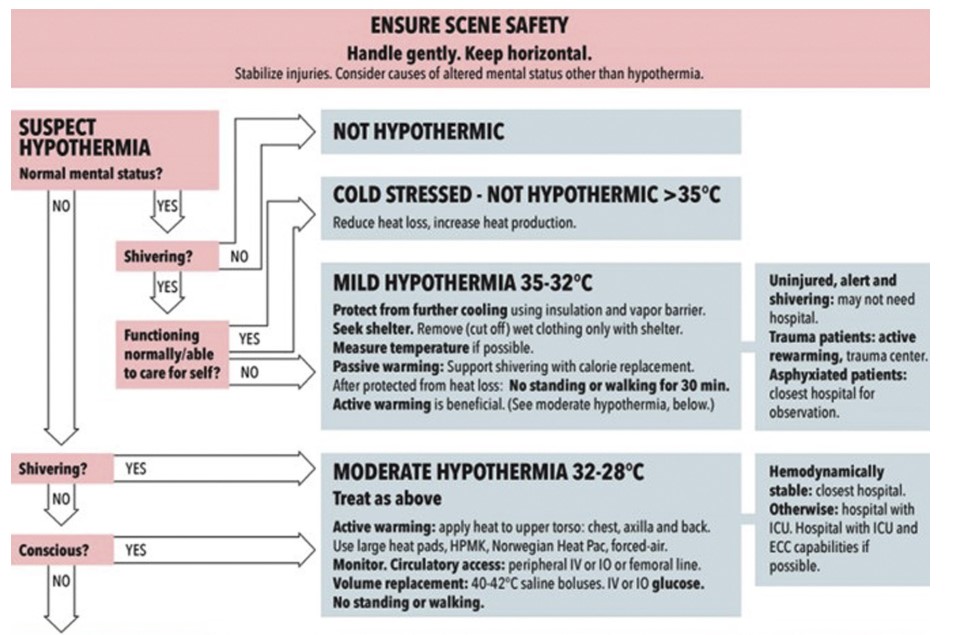
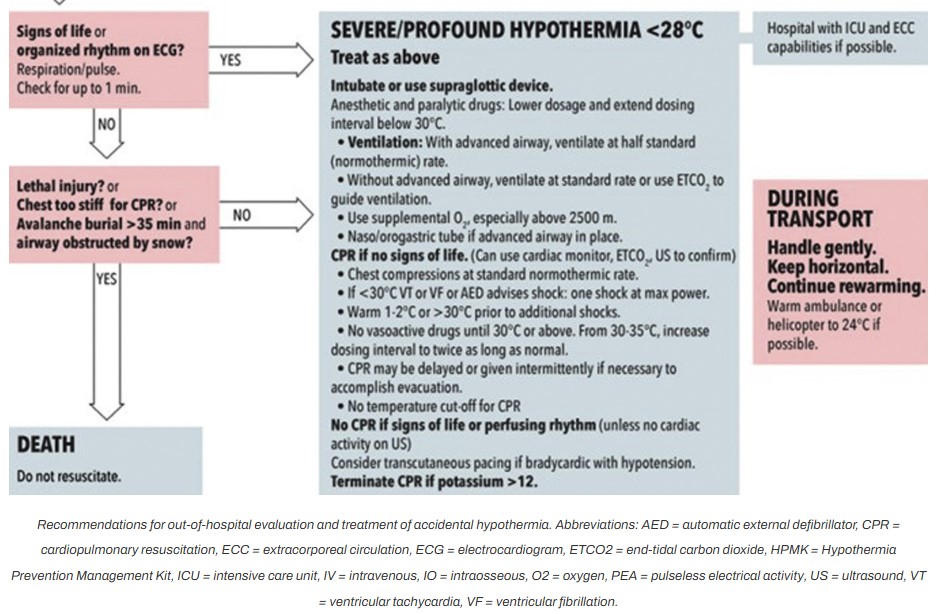
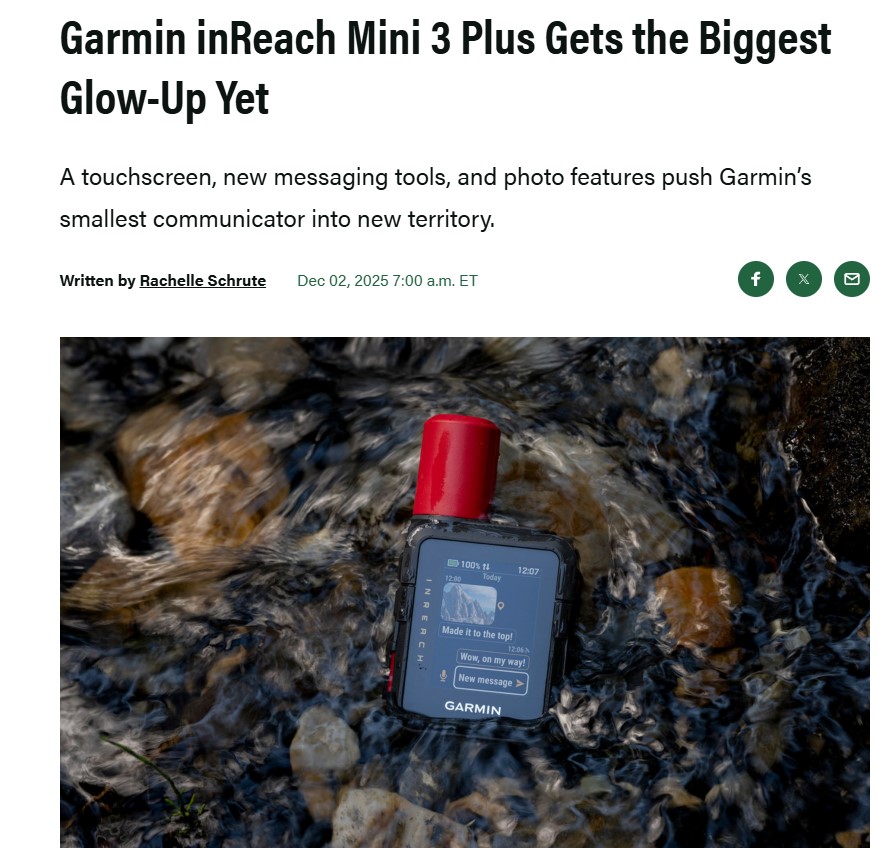
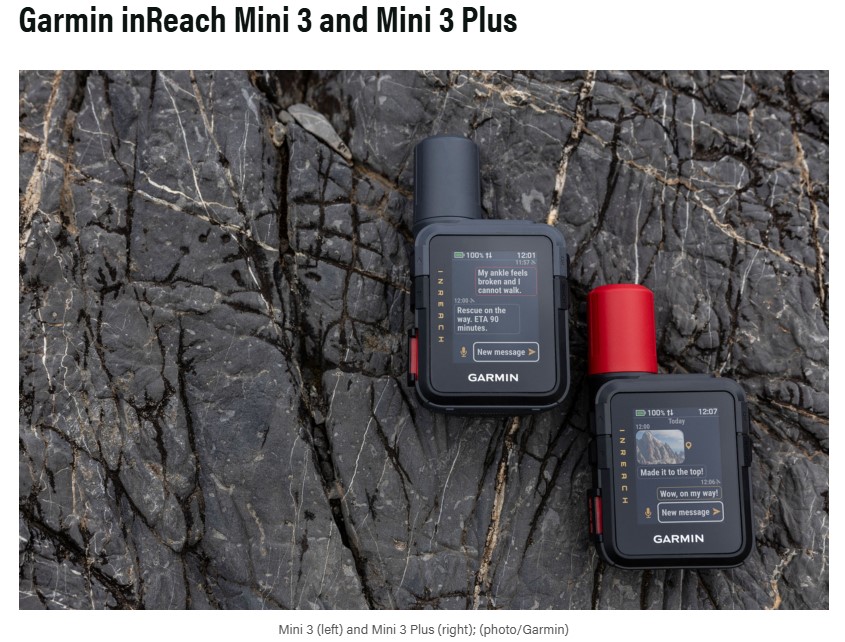 Outdoor communication keeps getting smarter, smaller, and, like all thing, more expensive. Garmin’s new inReach Mini 3 Plus ($499) adds a touchscreen, voice messaging, and photo sharing to a device that once prided itself on being almost stubbornly simple.
Outdoor communication keeps getting smarter, smaller, and, like all thing, more expensive. Garmin’s new inReach Mini 3 Plus ($499) adds a touchscreen, voice messaging, and photo sharing to a device that once prided itself on being almost stubbornly simple.


